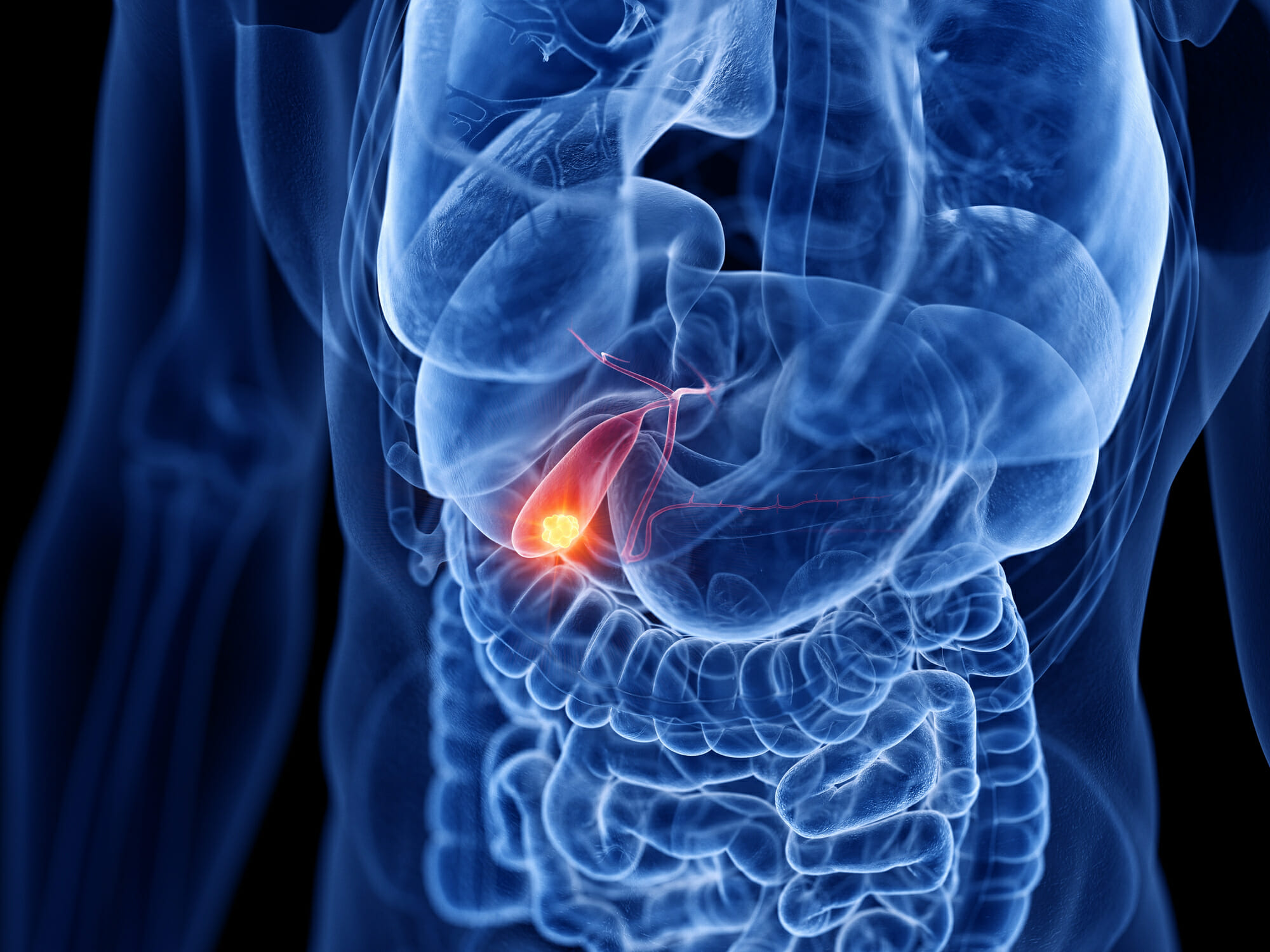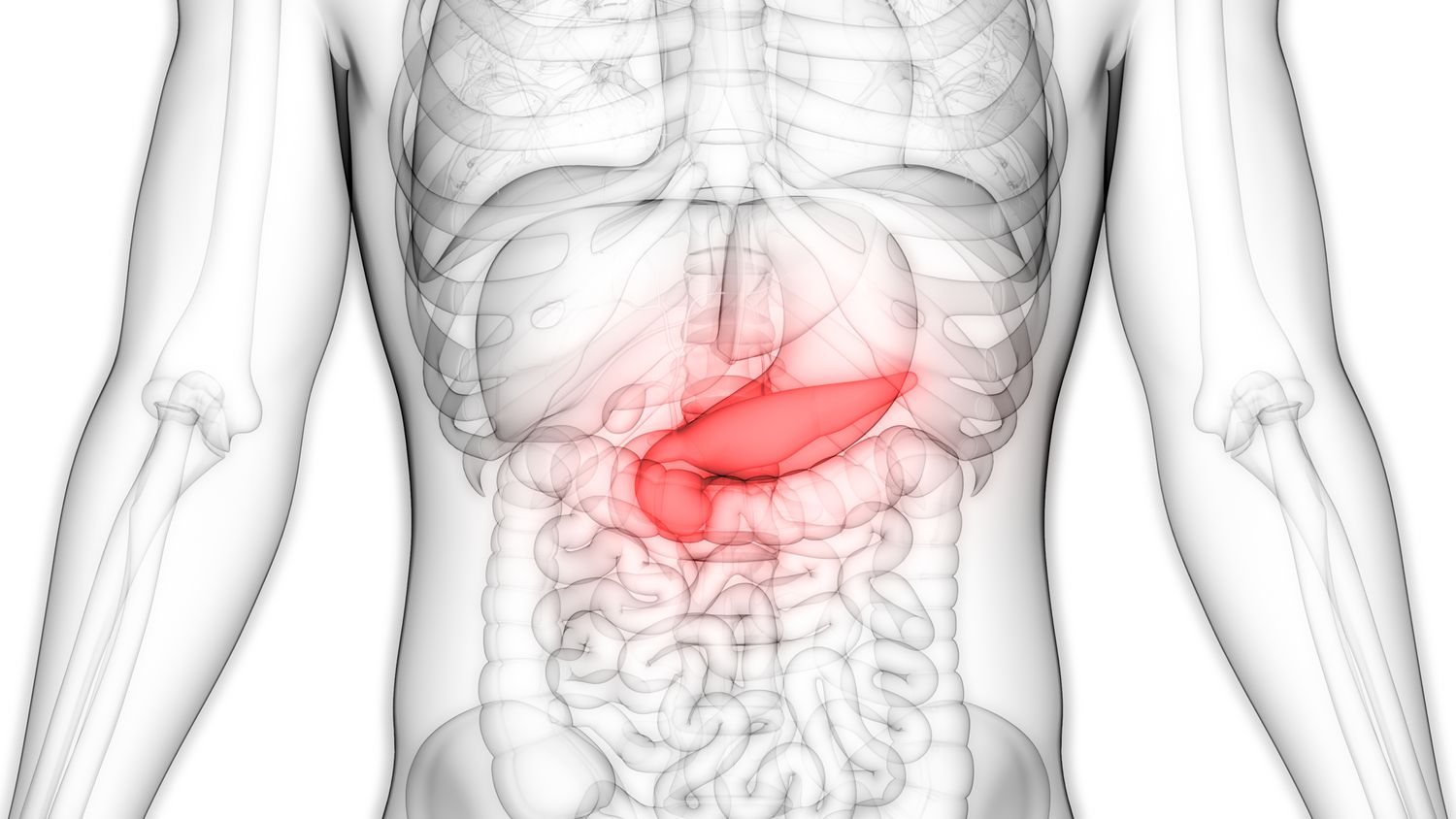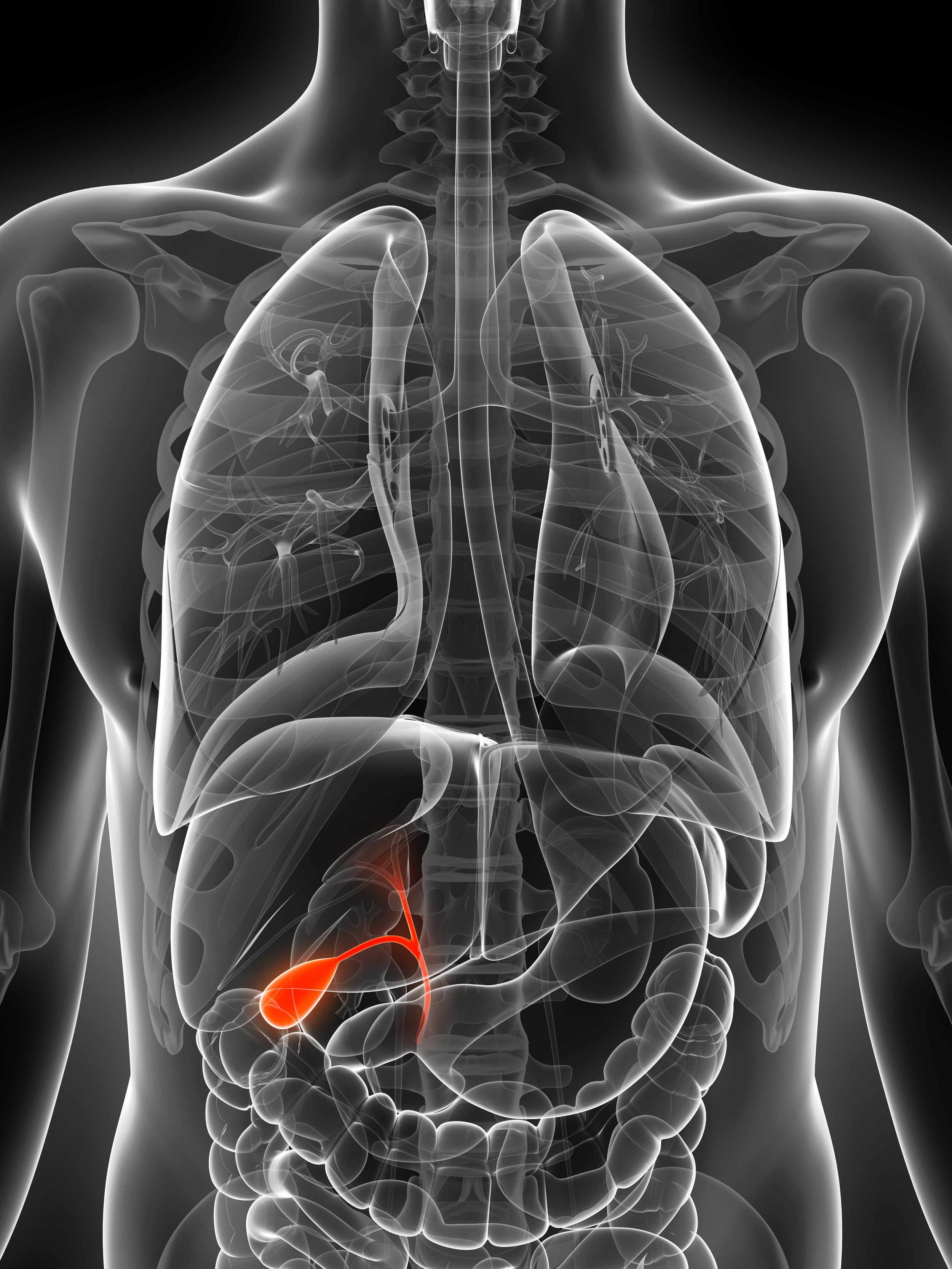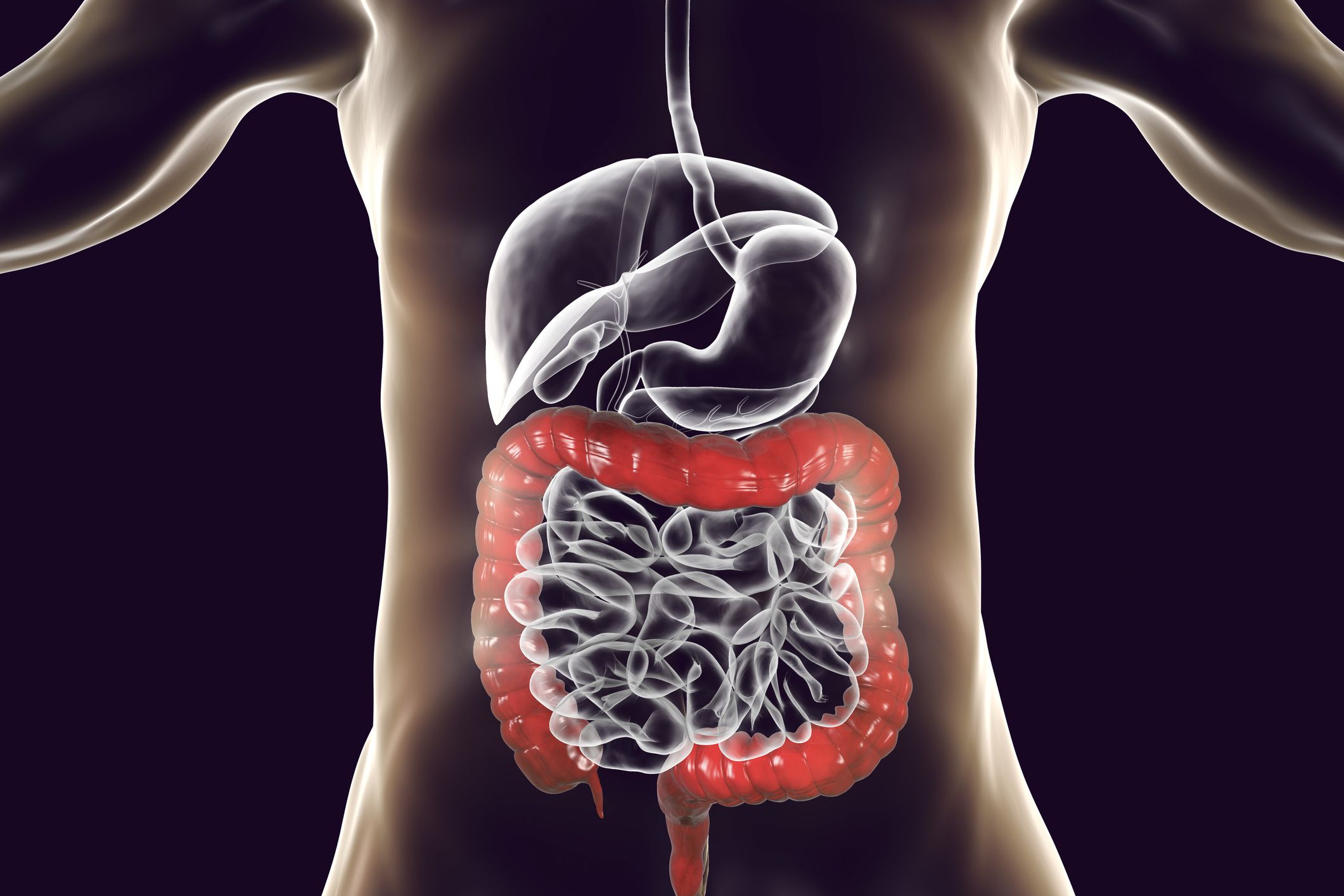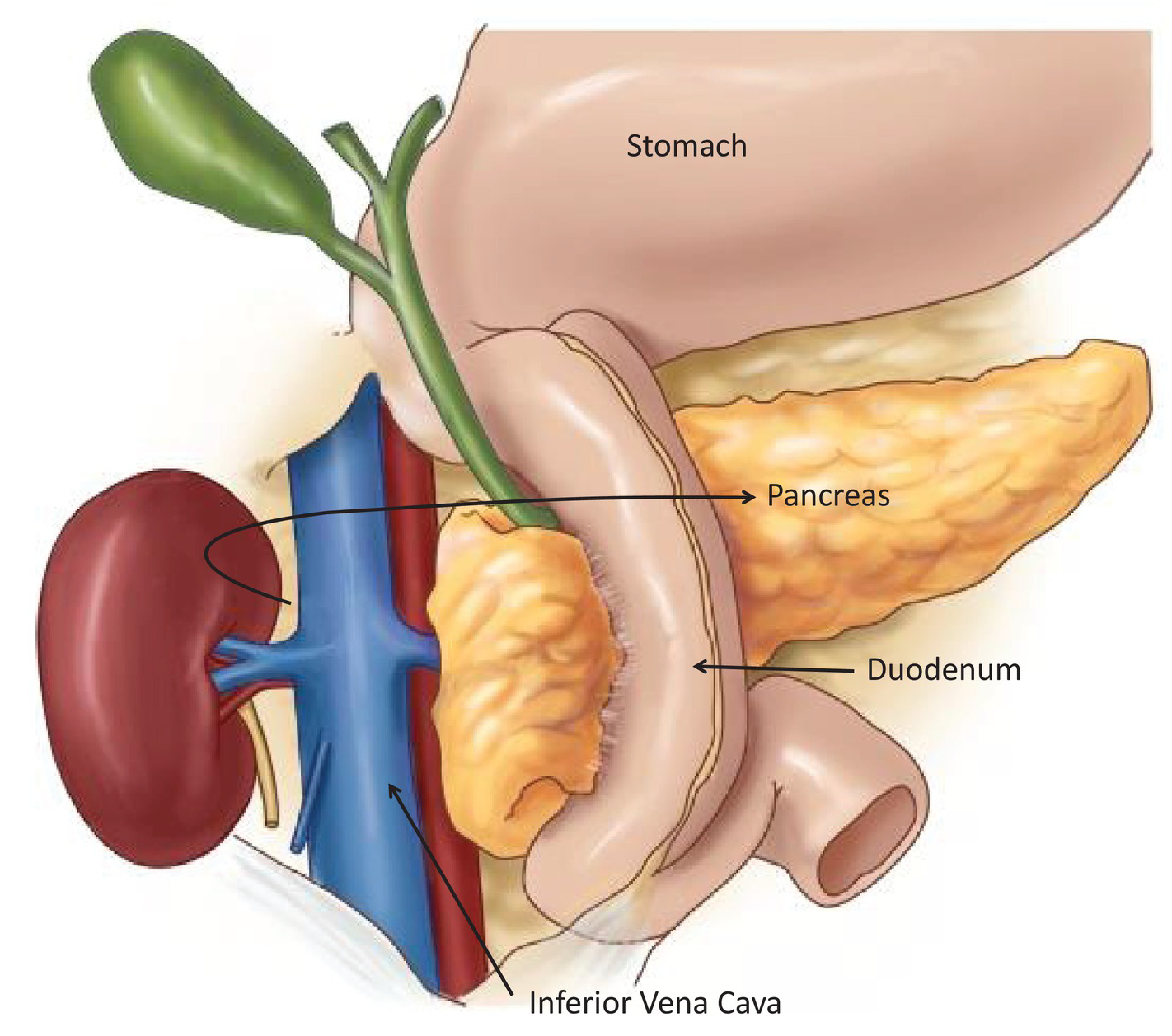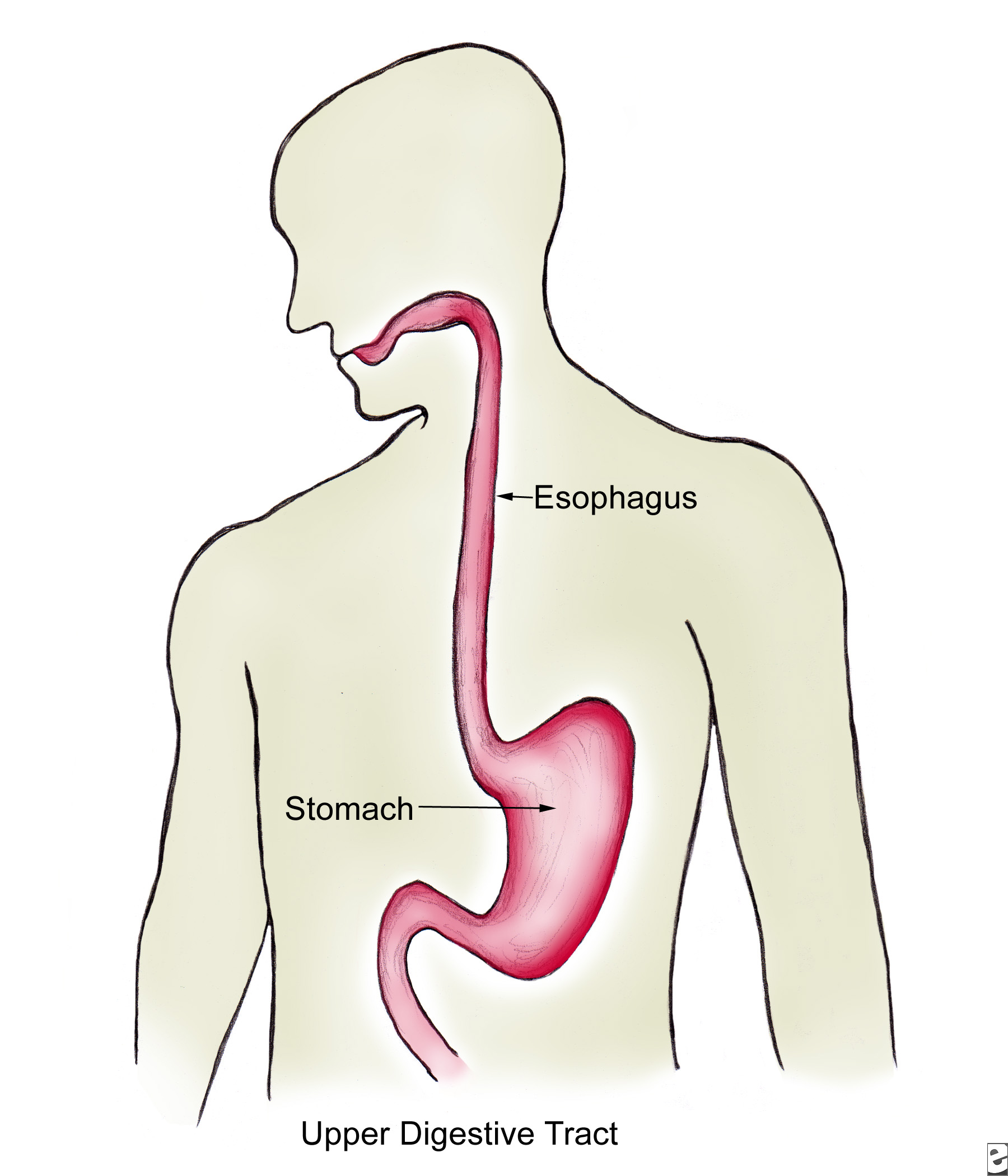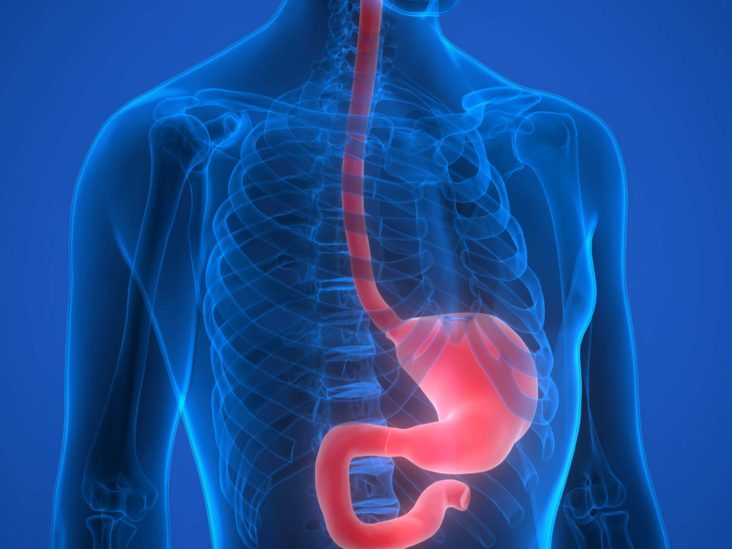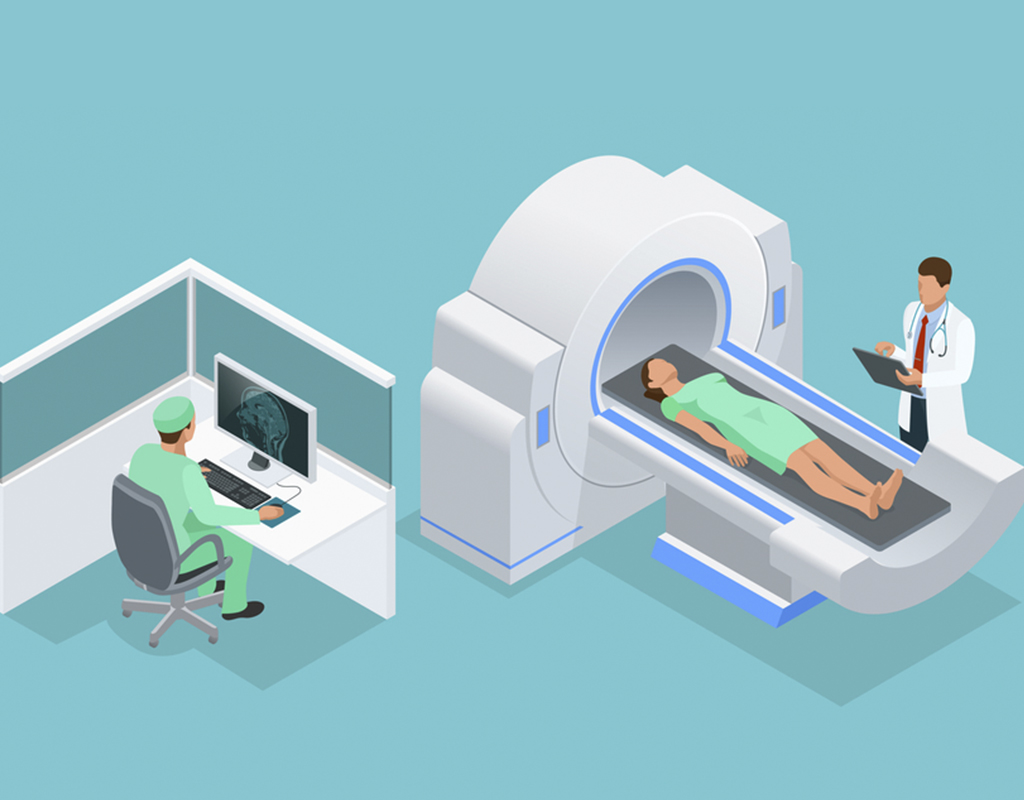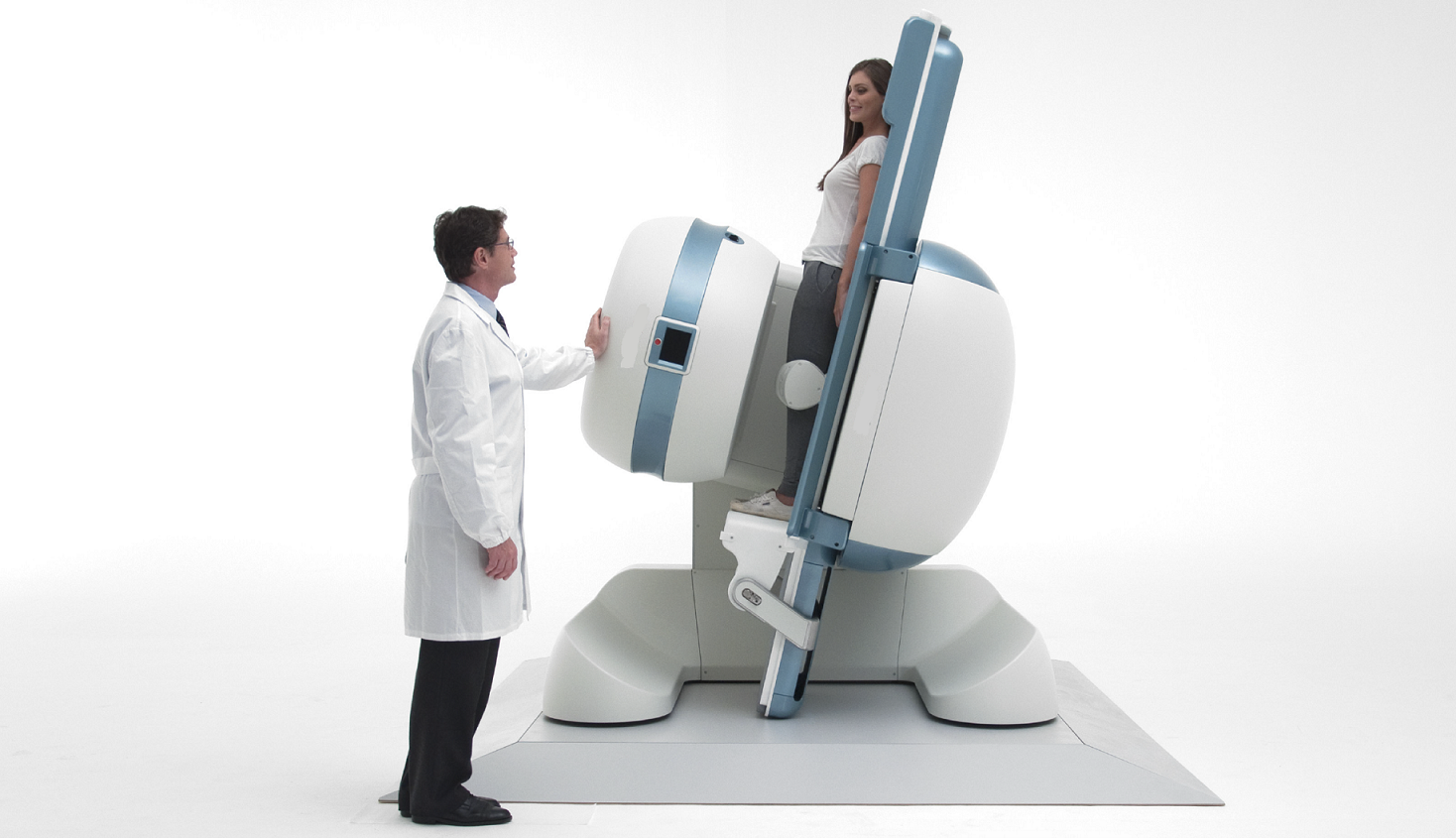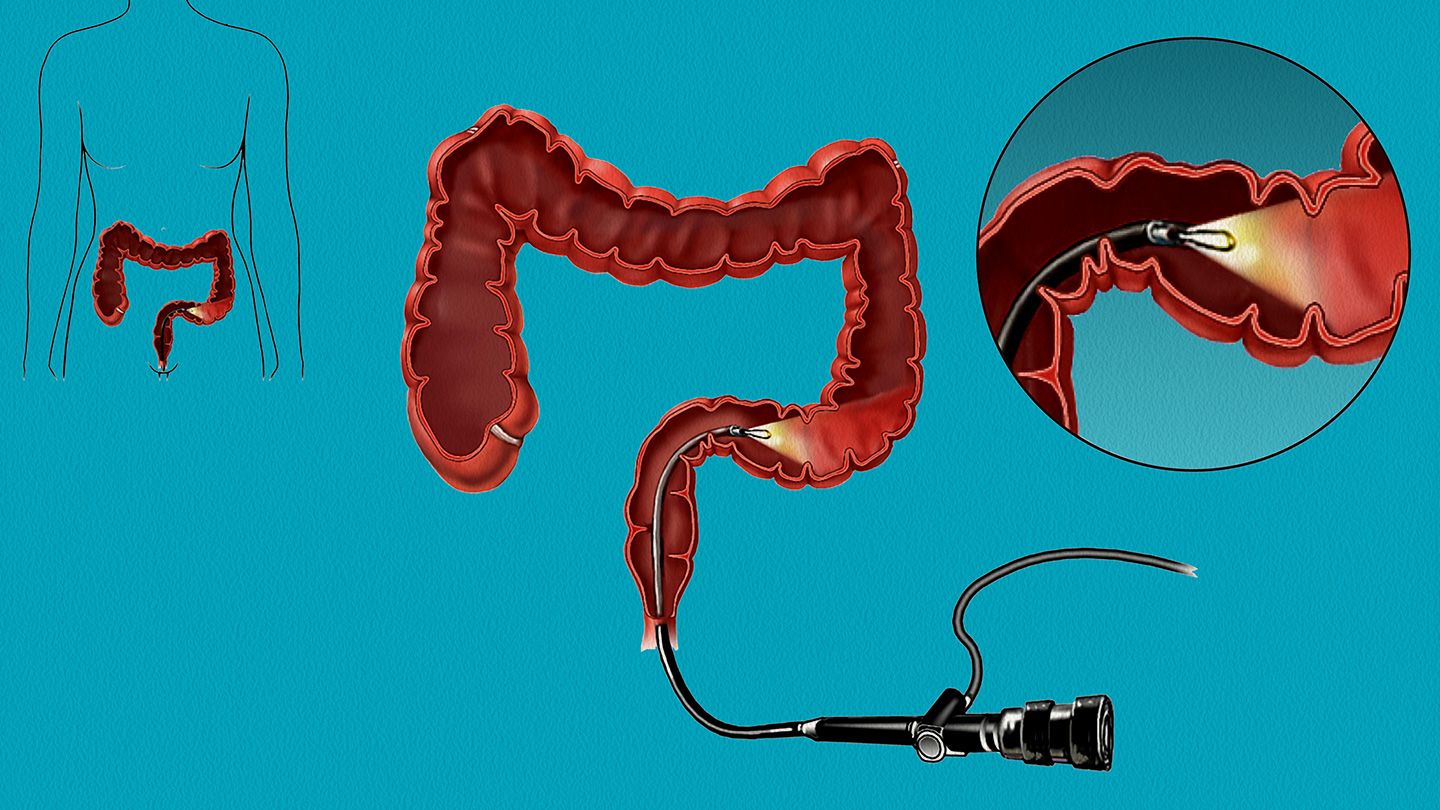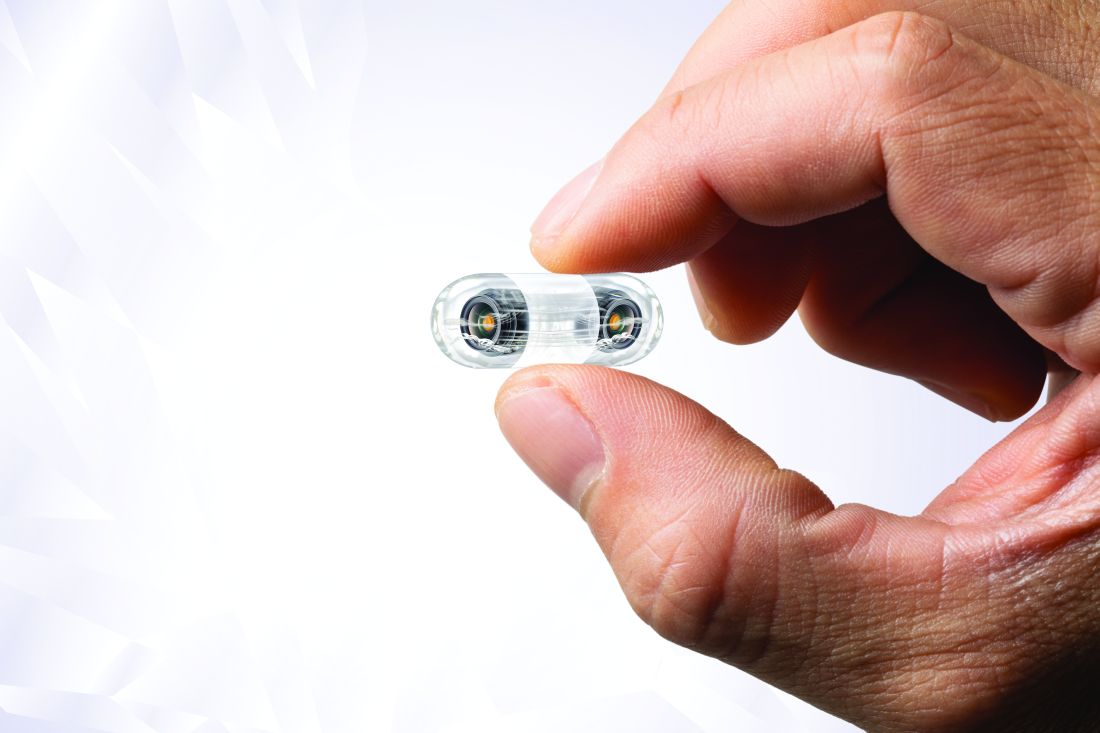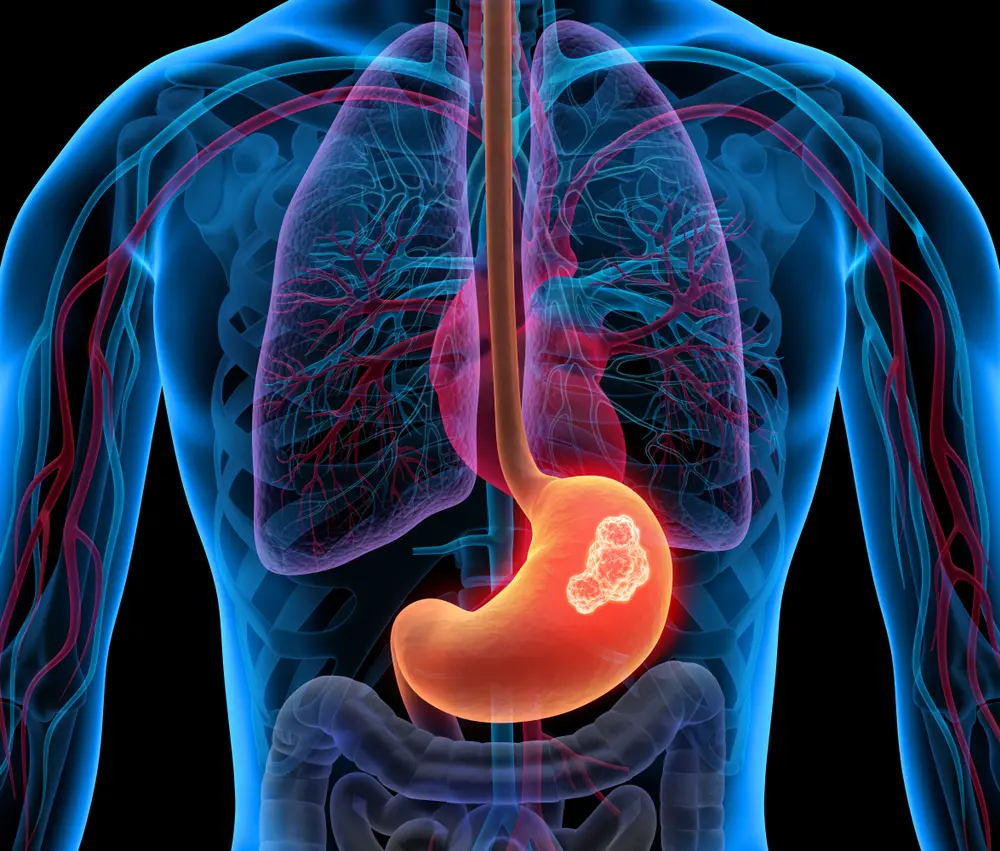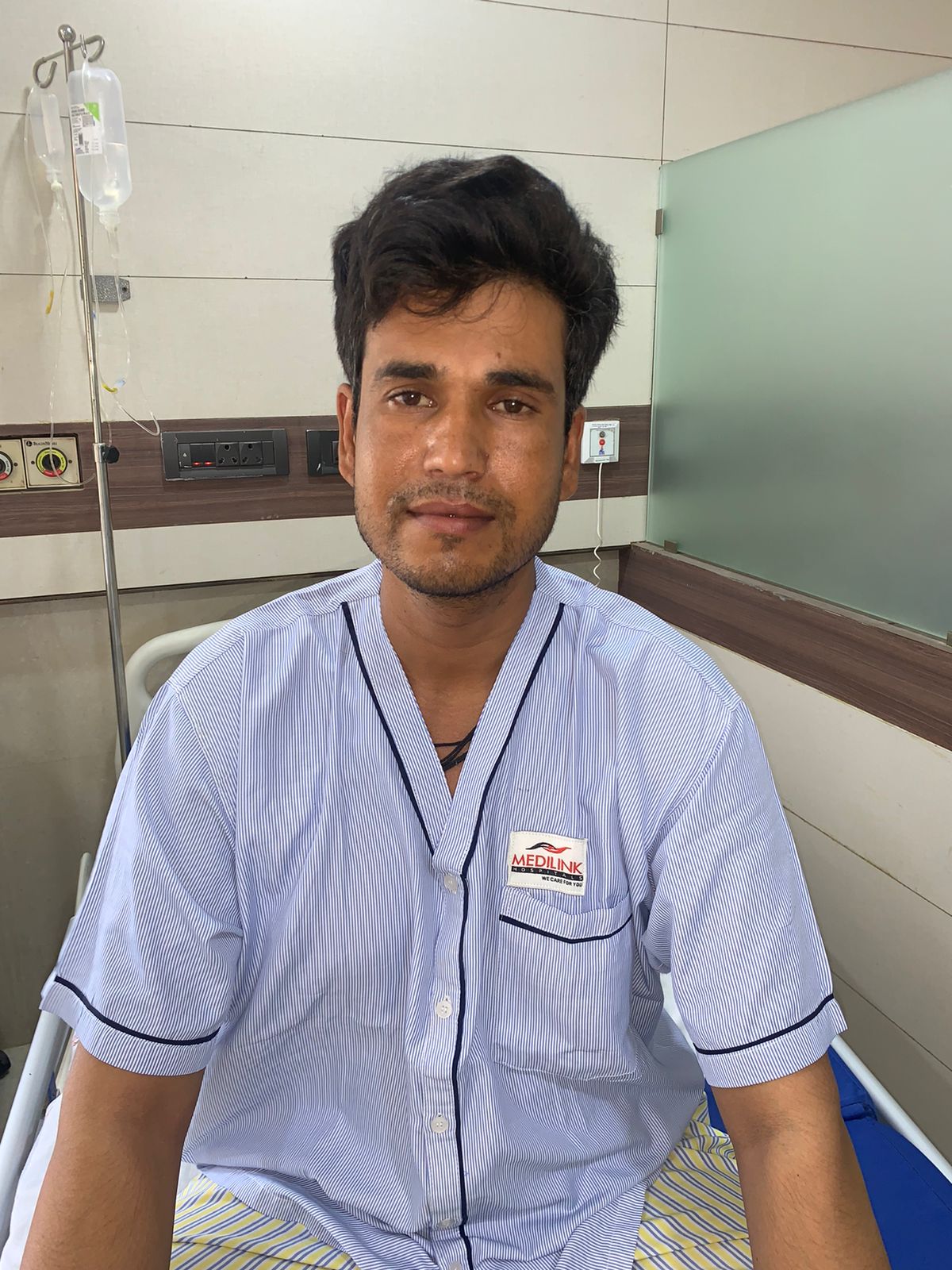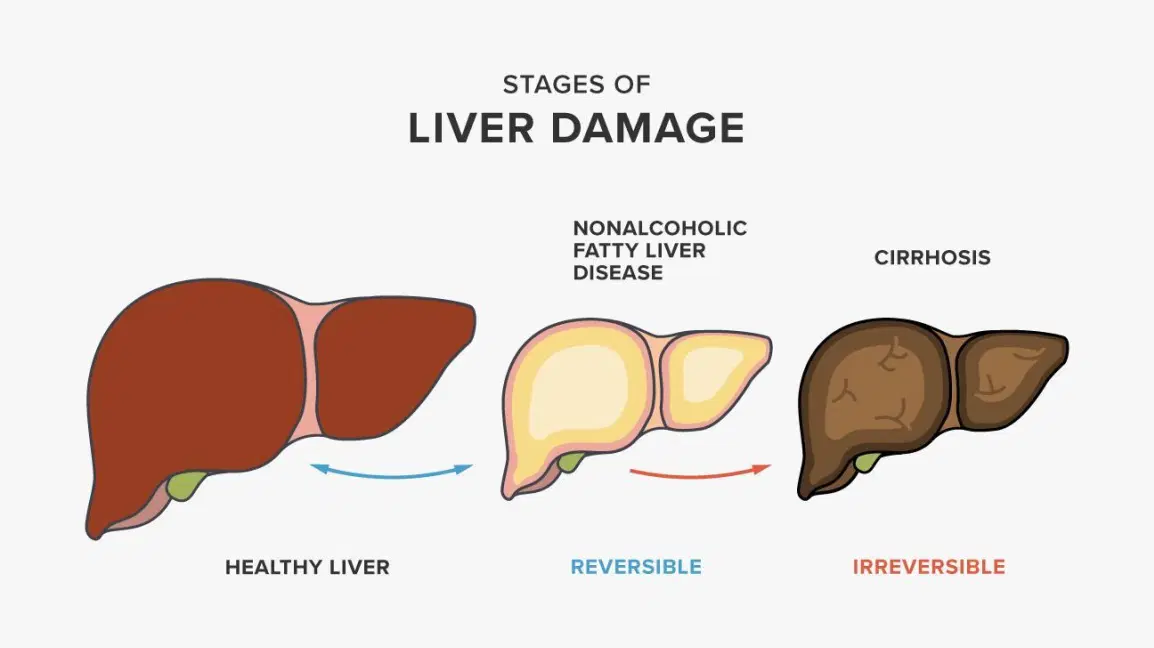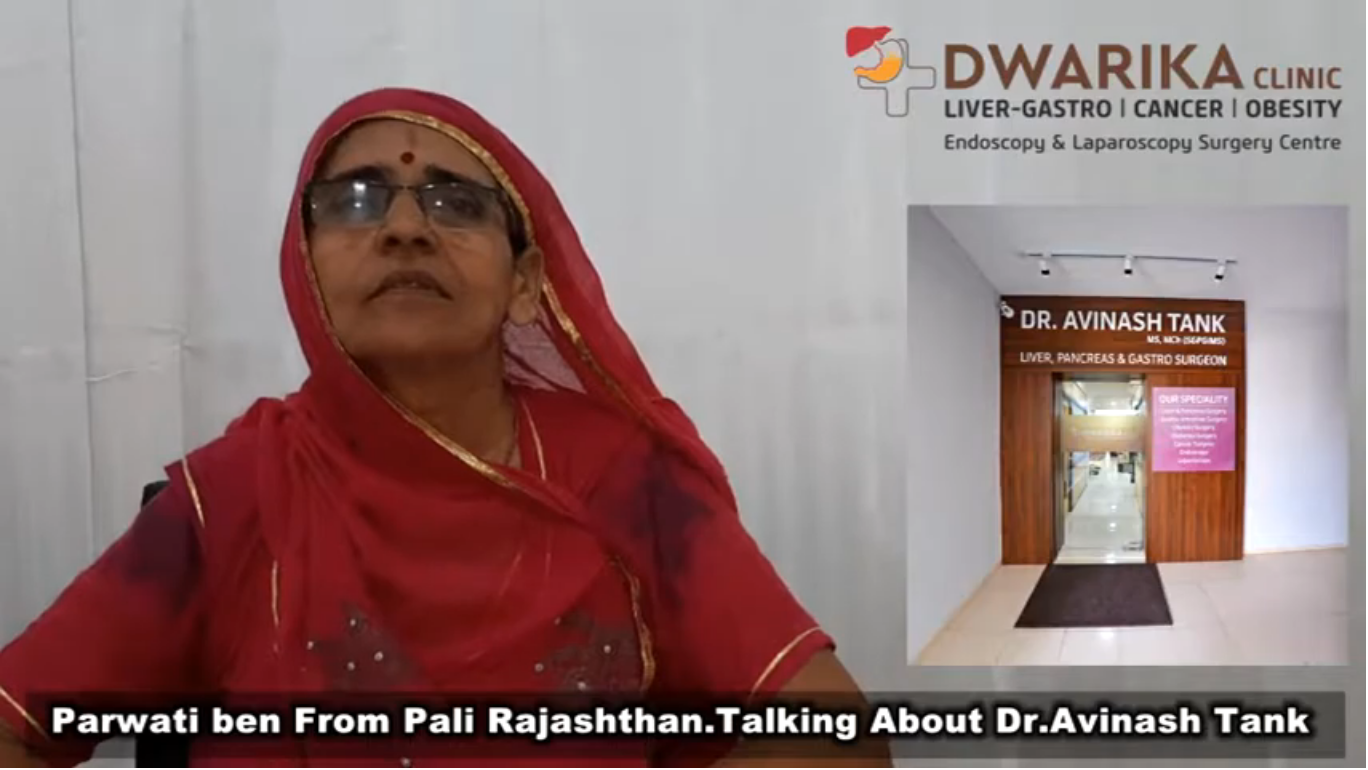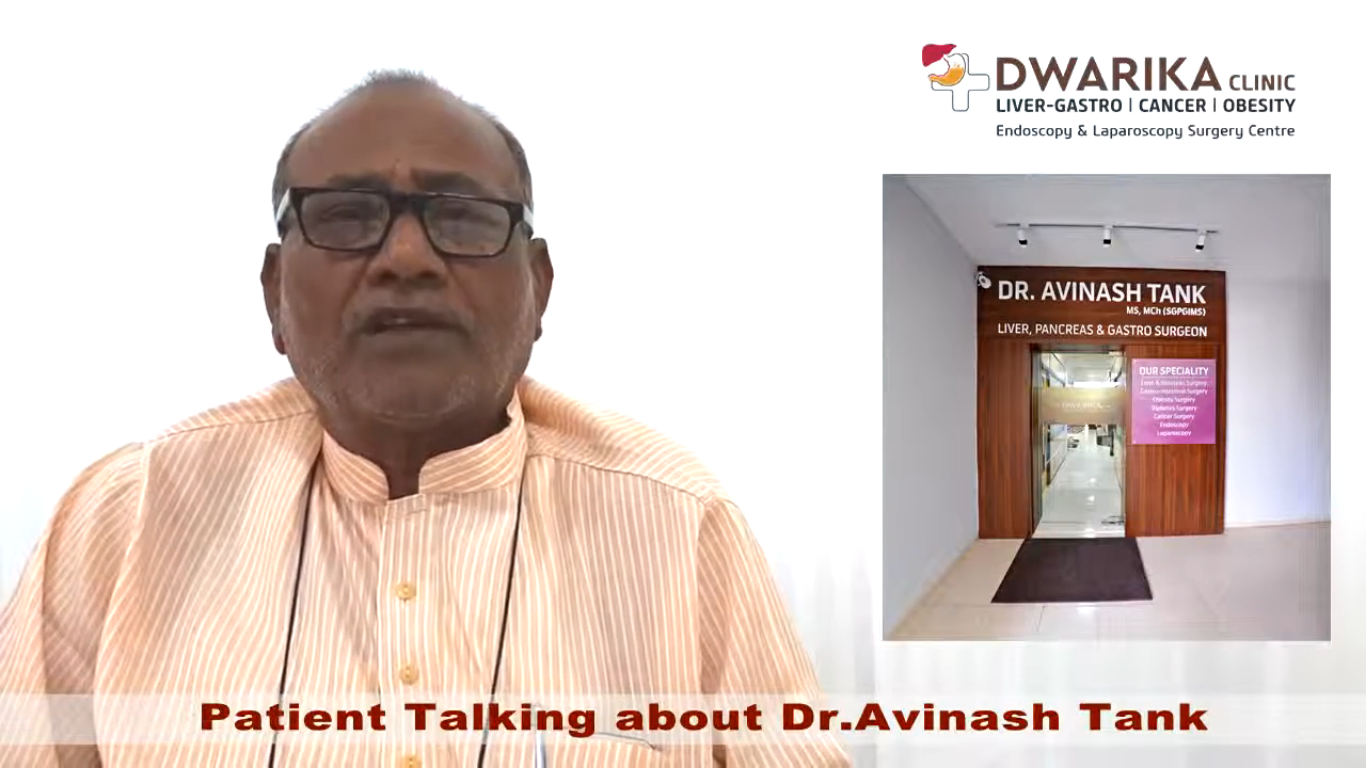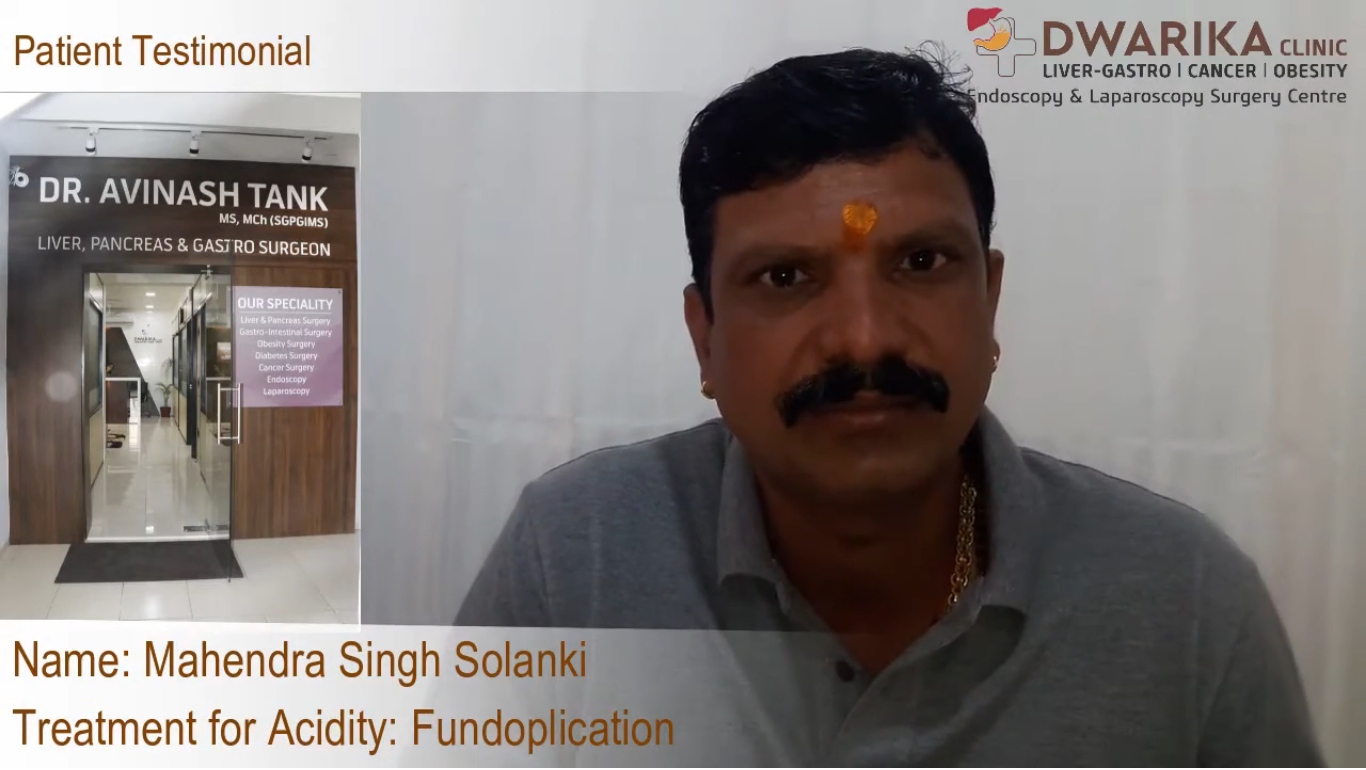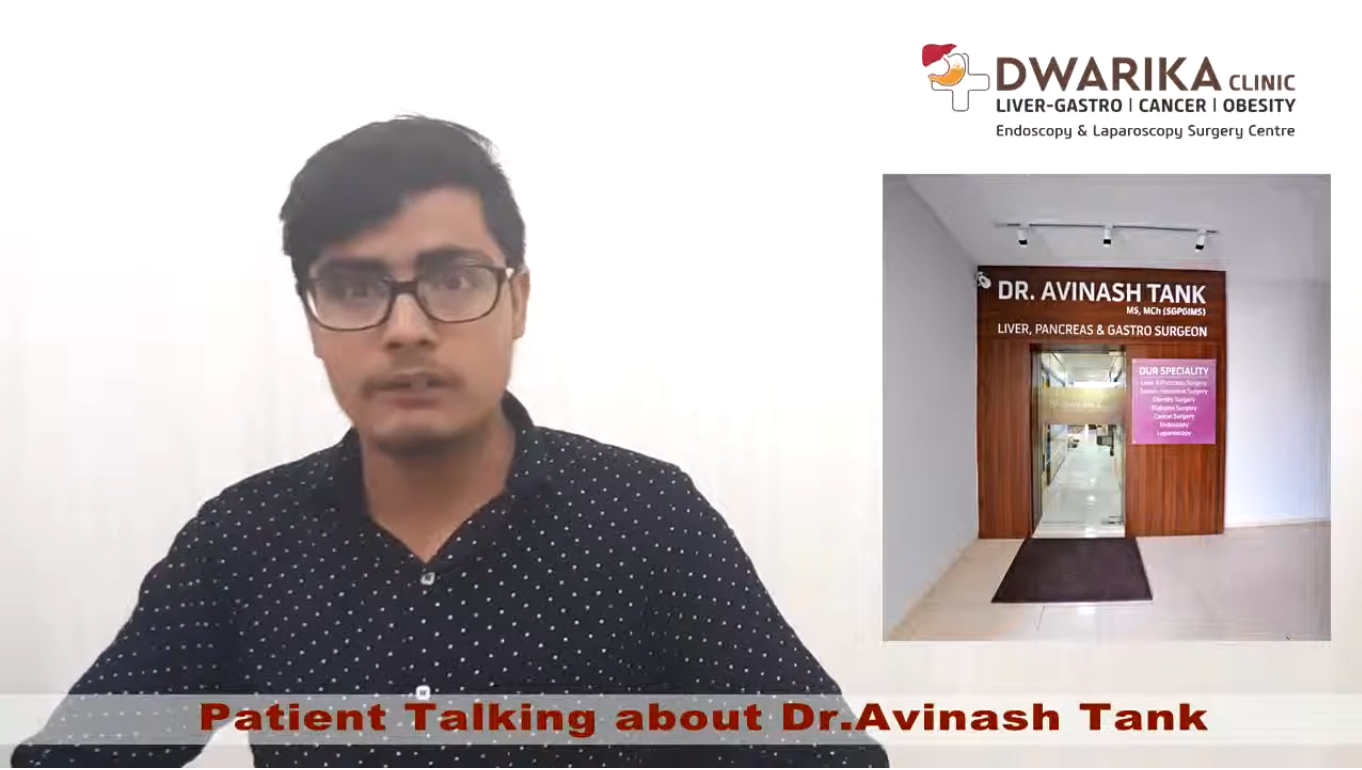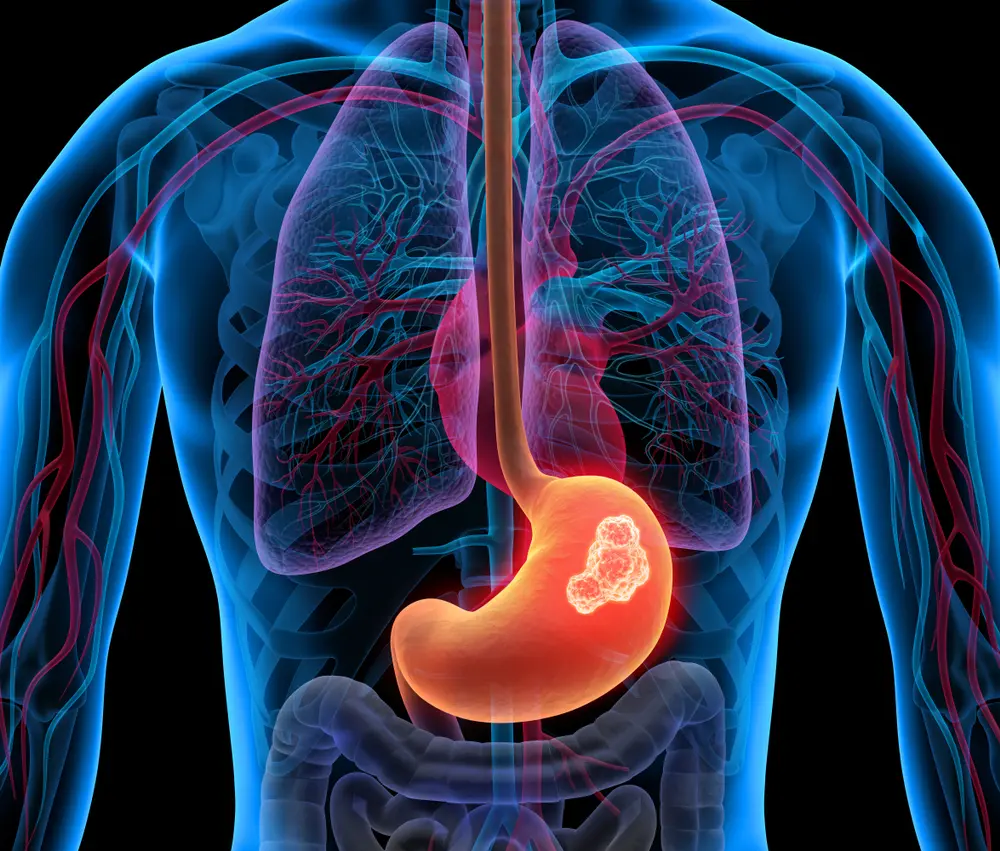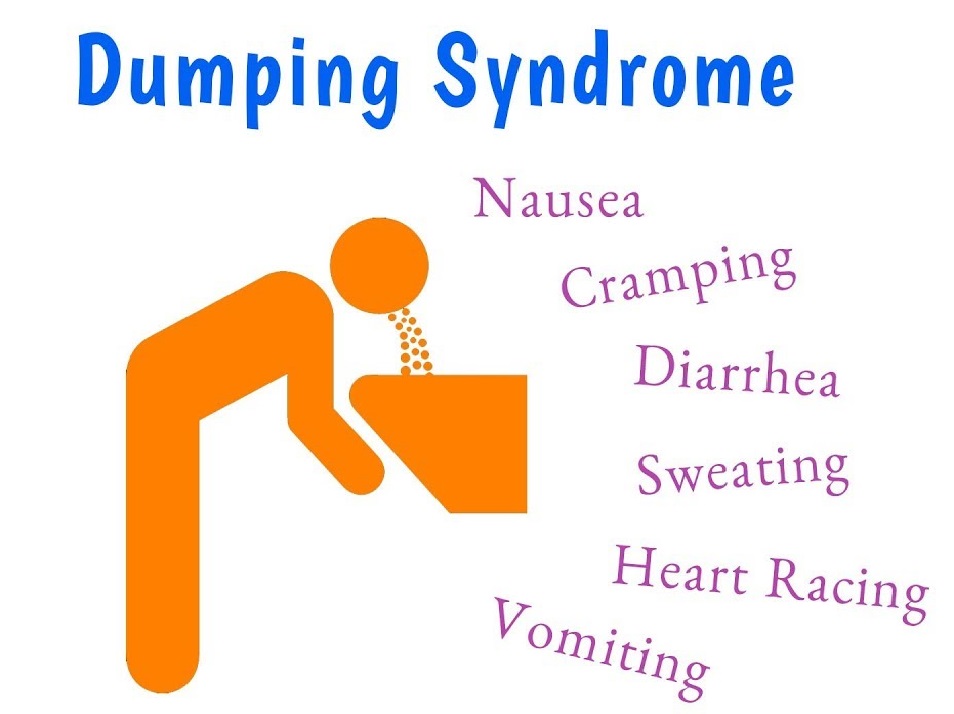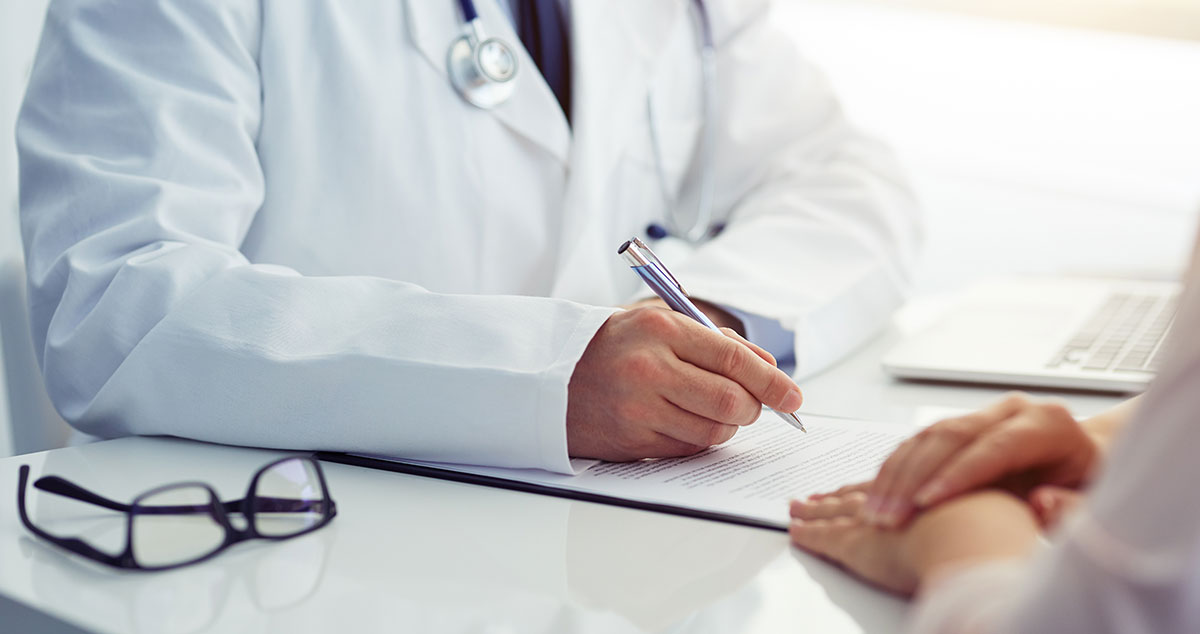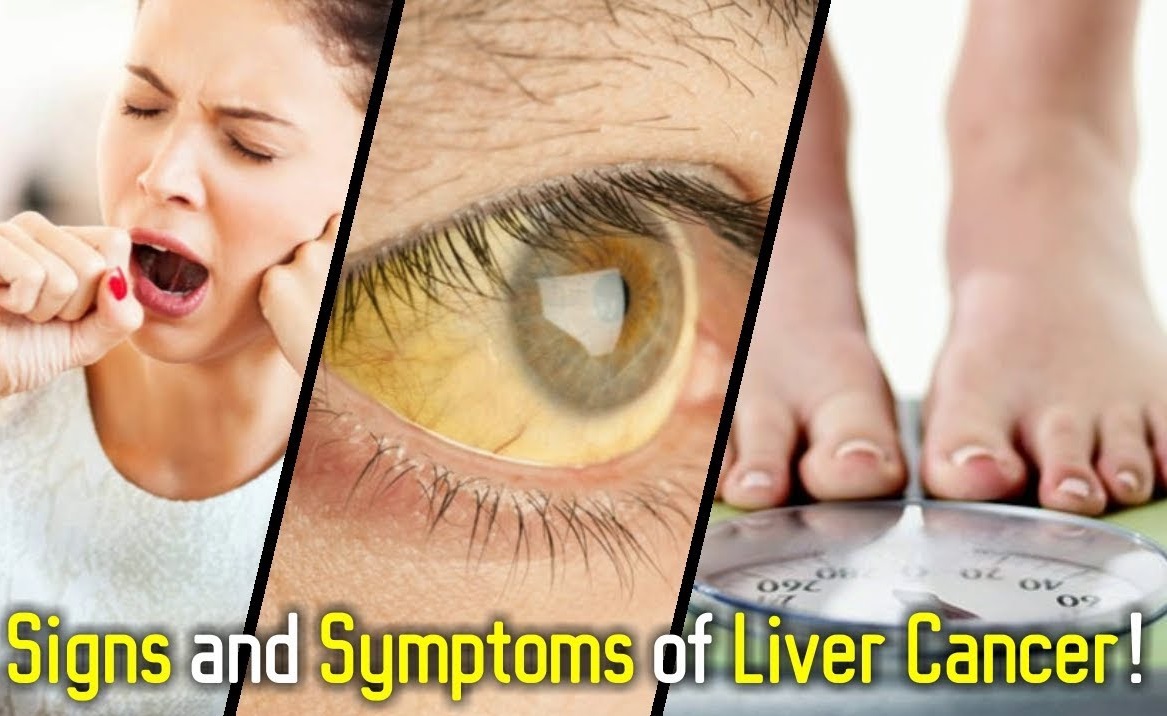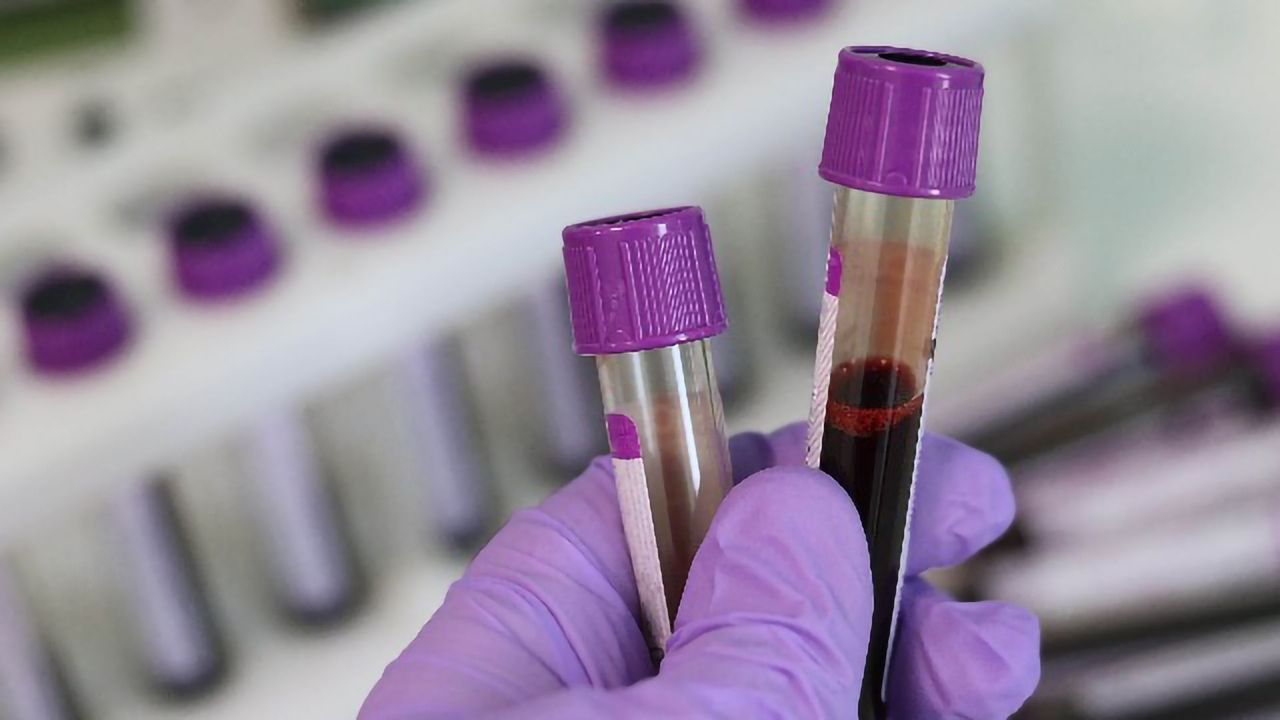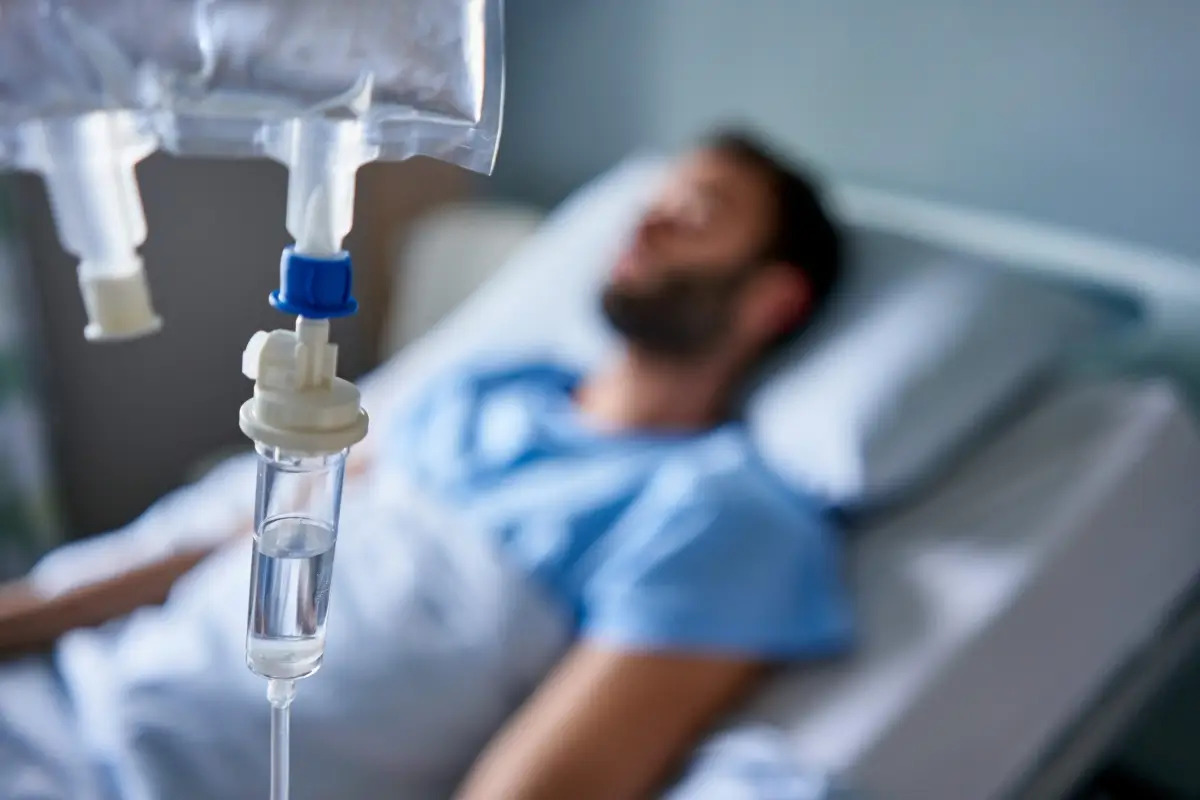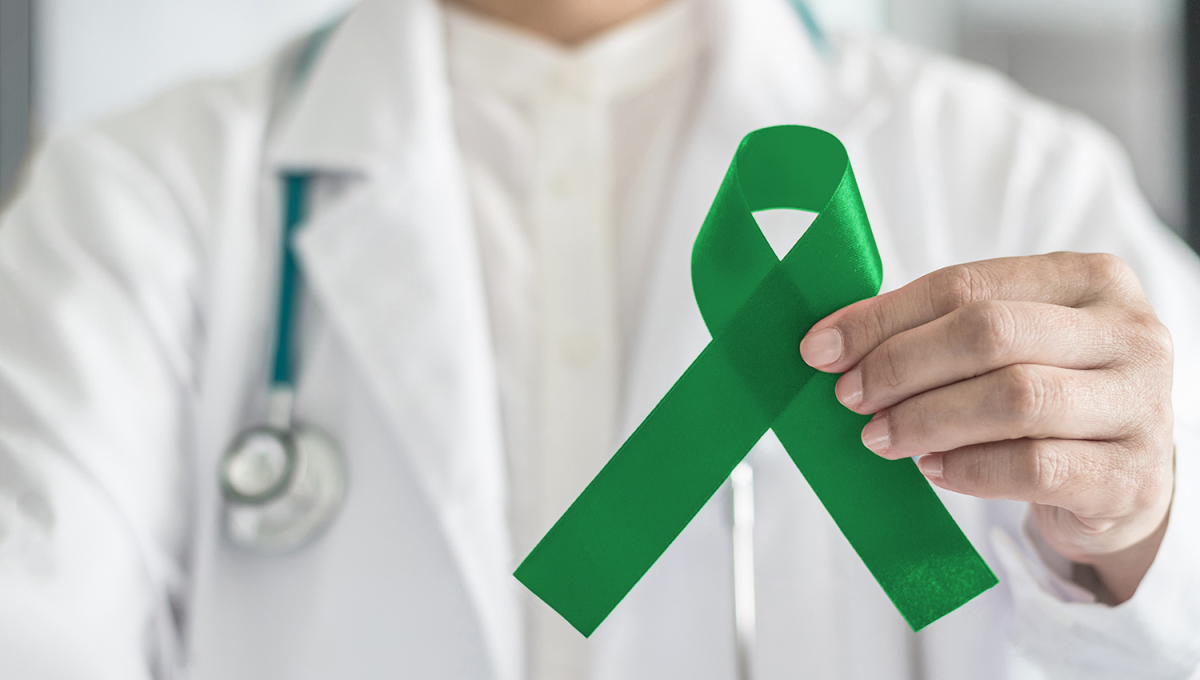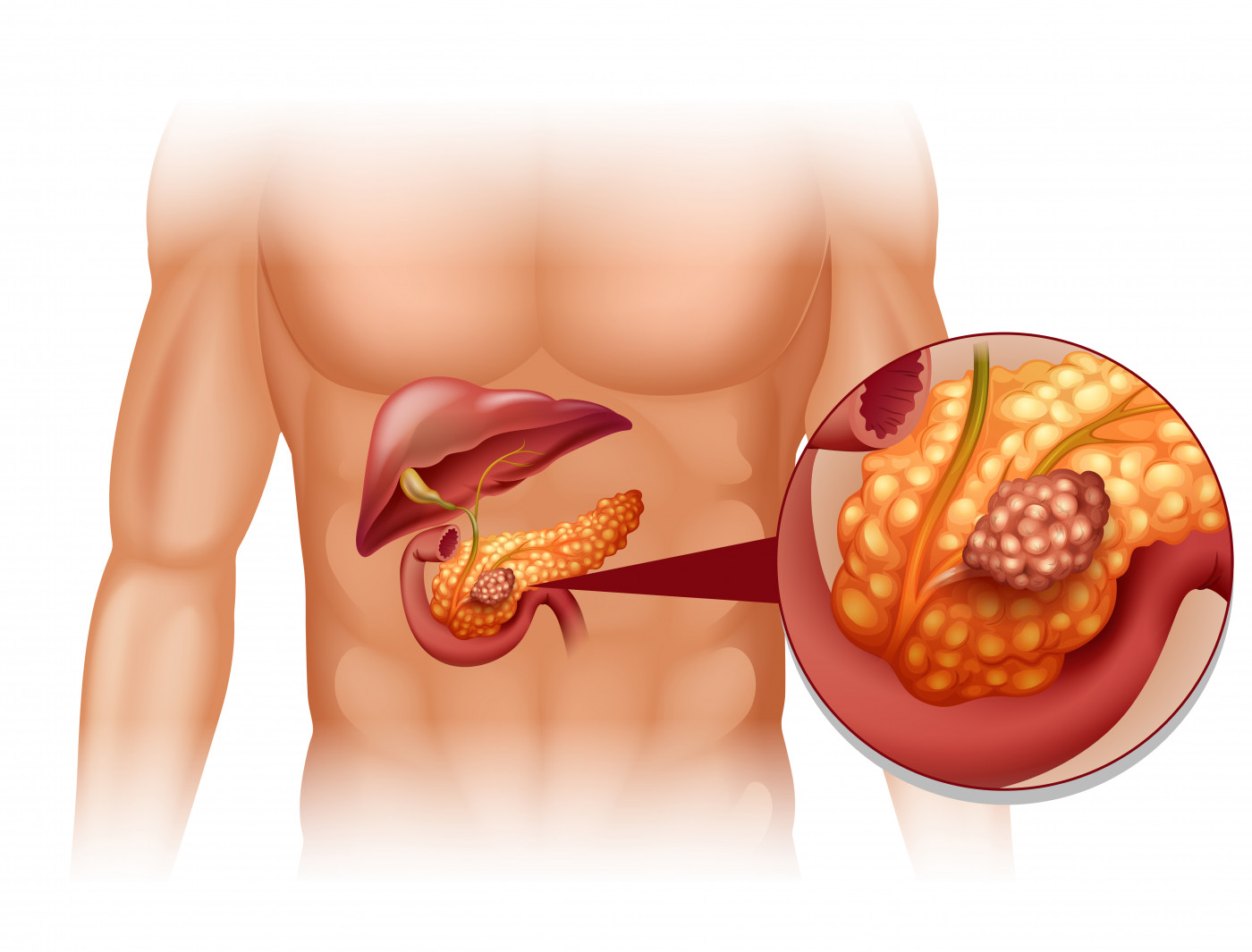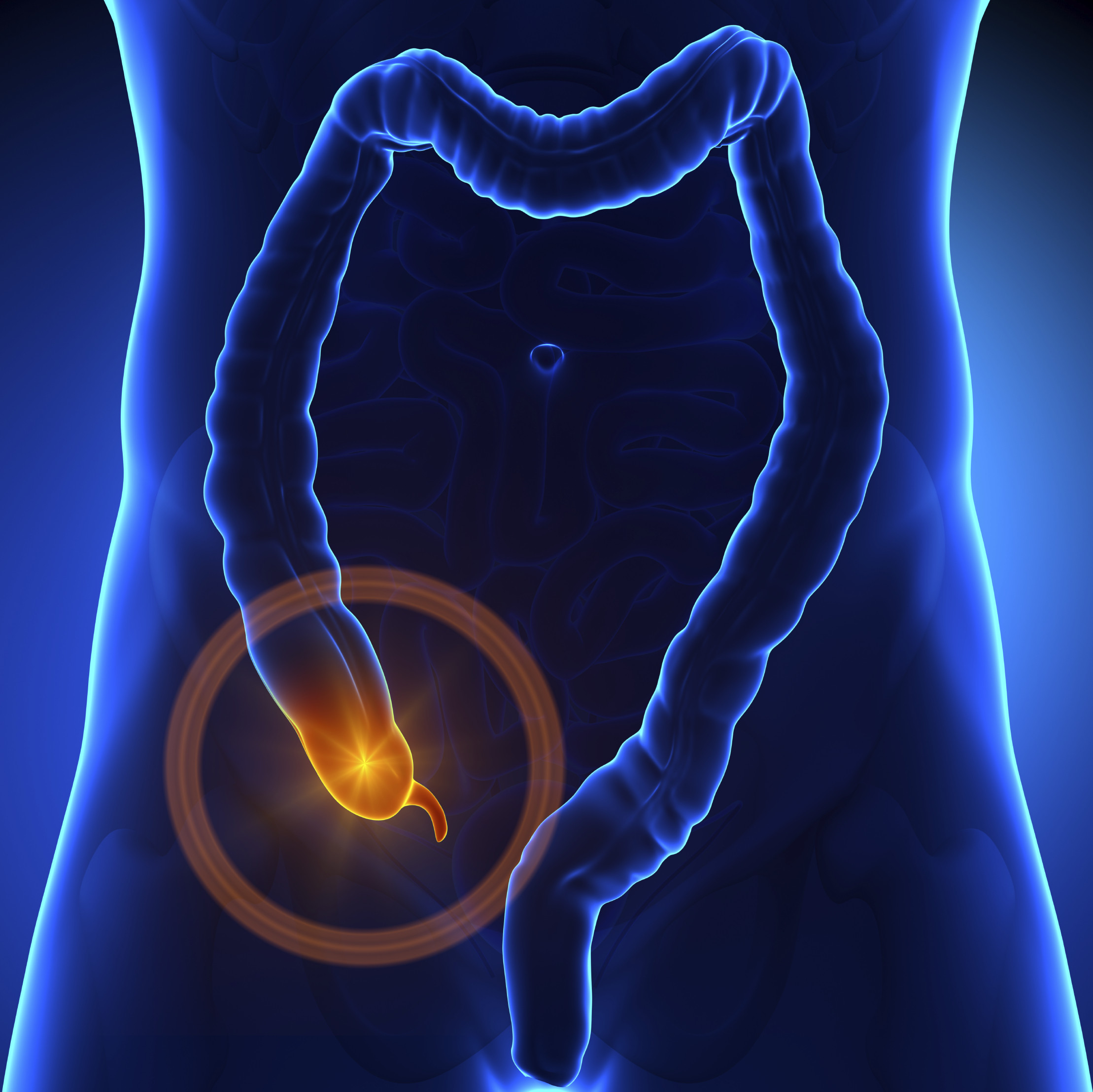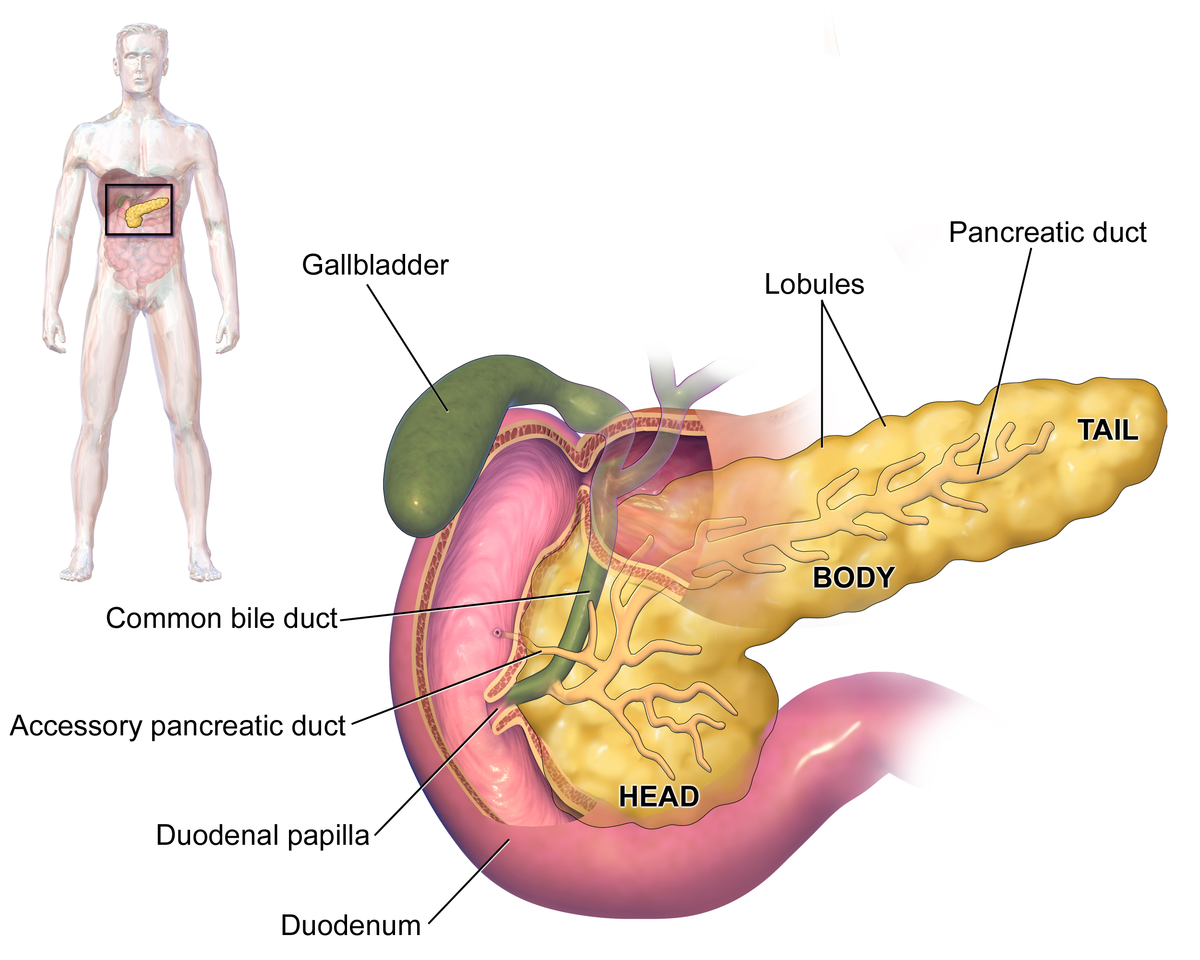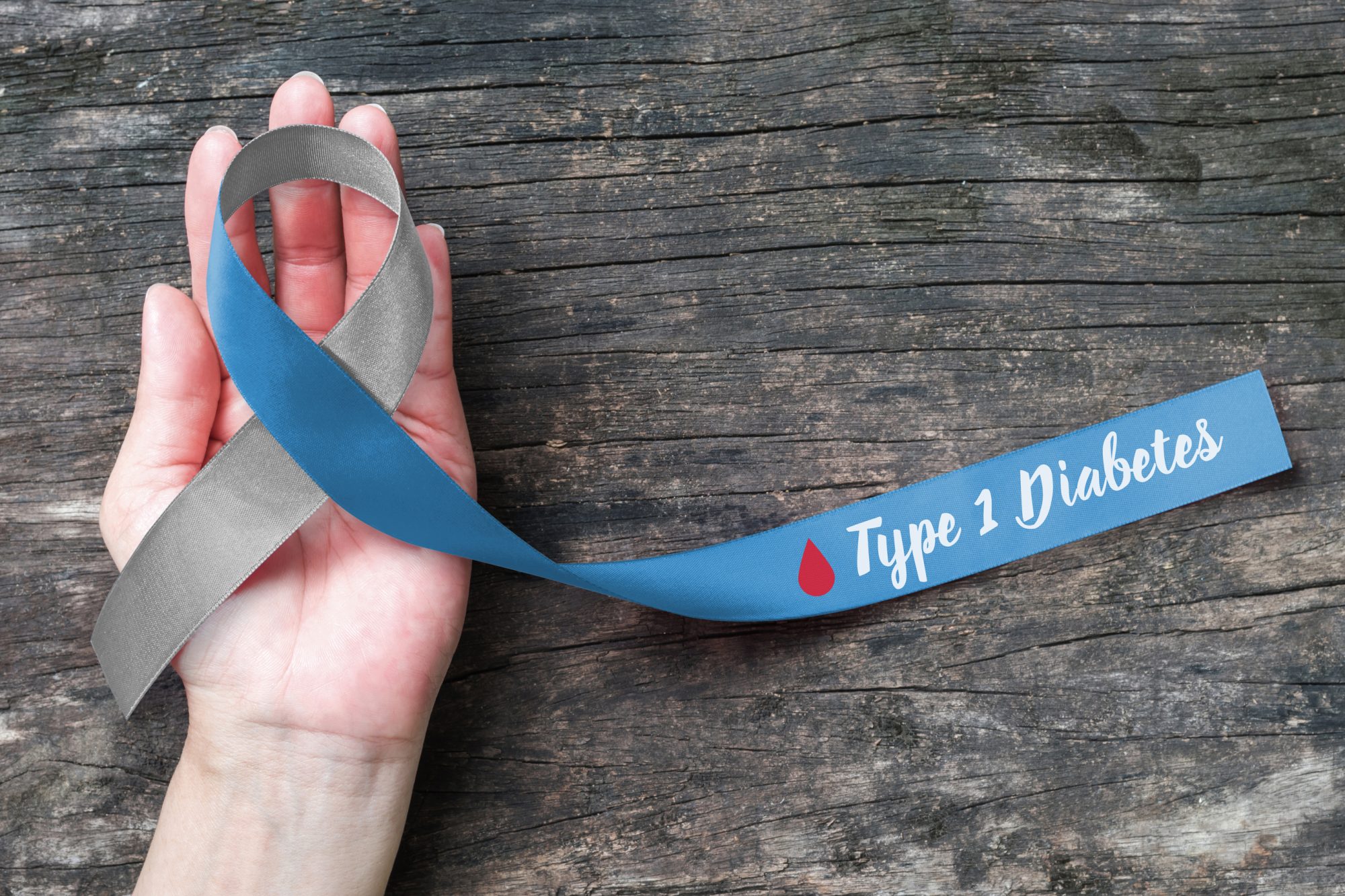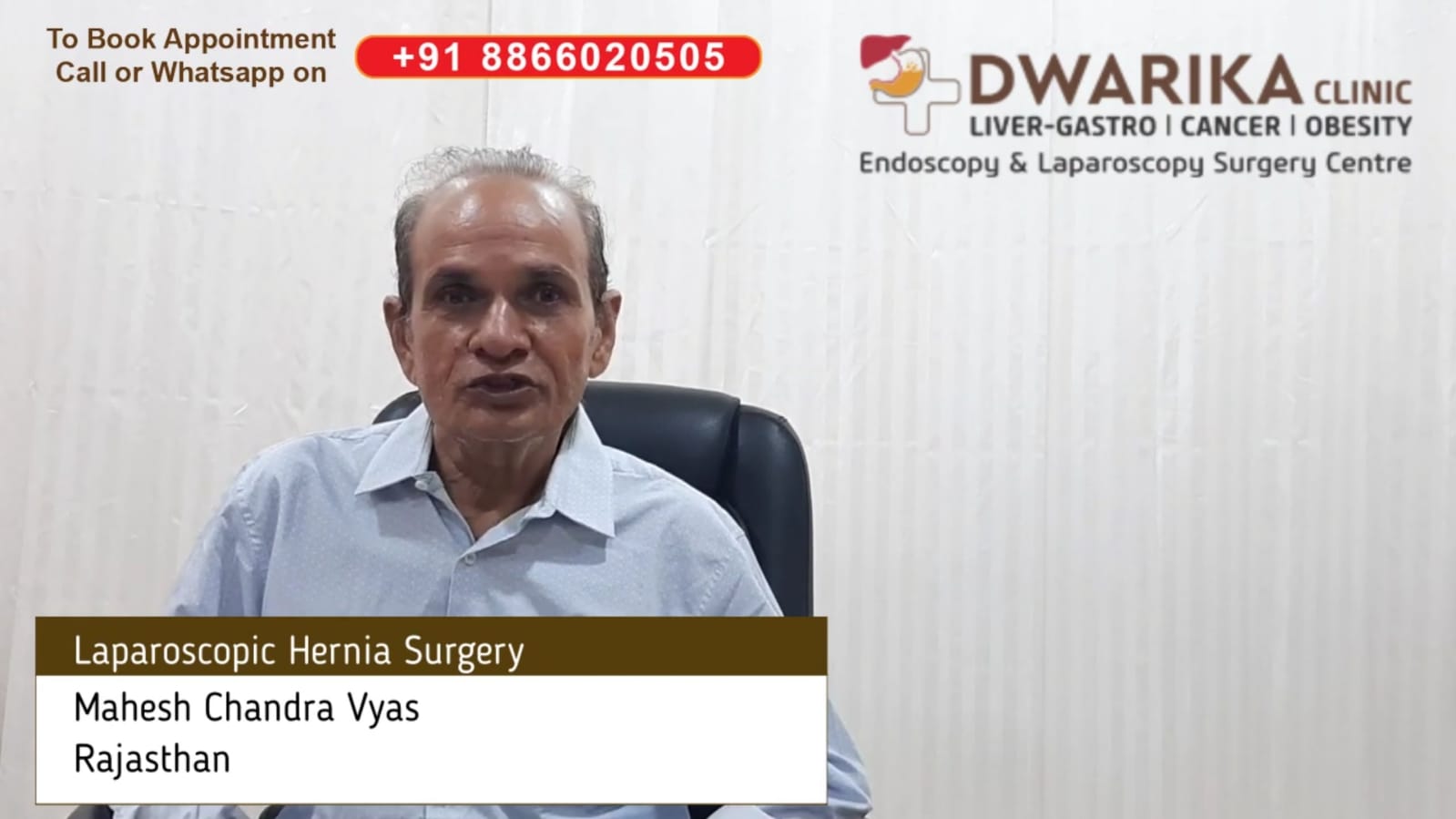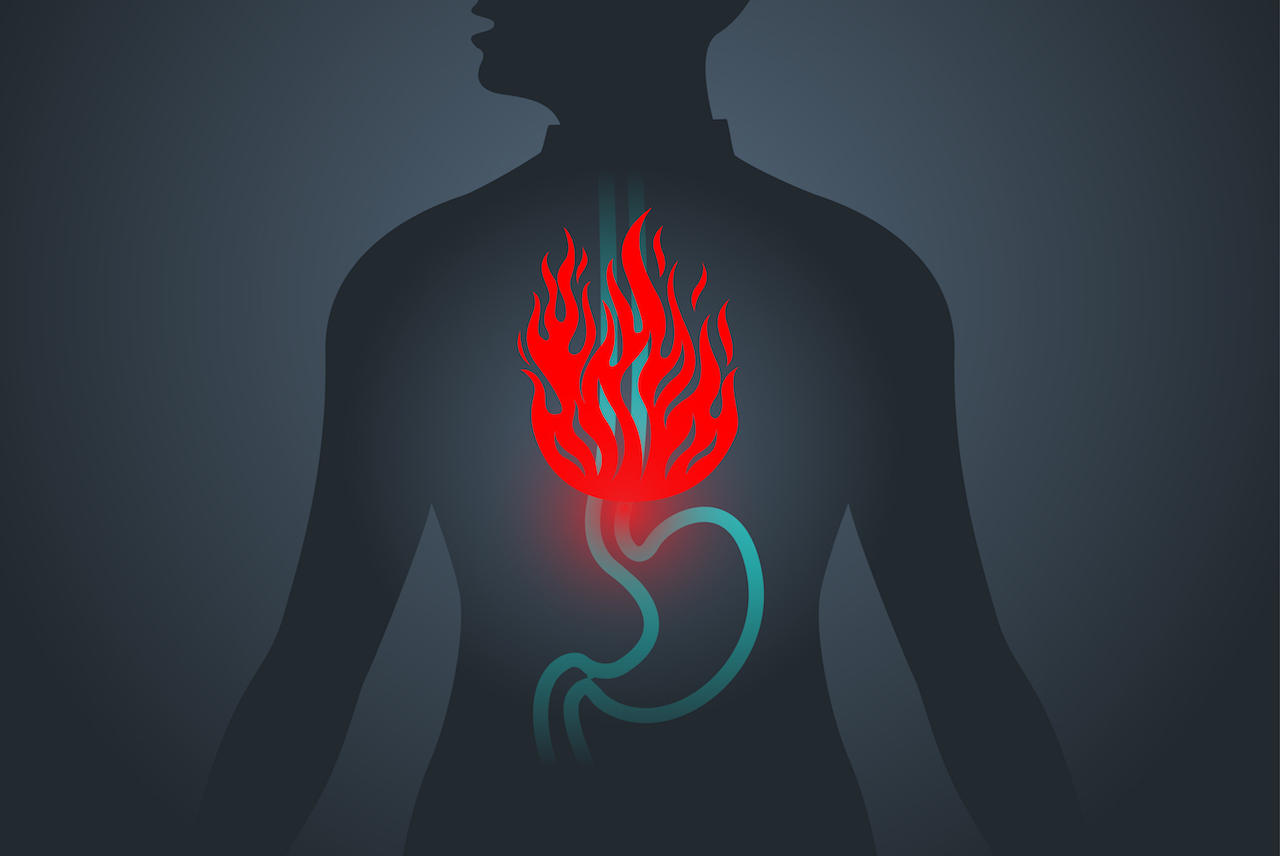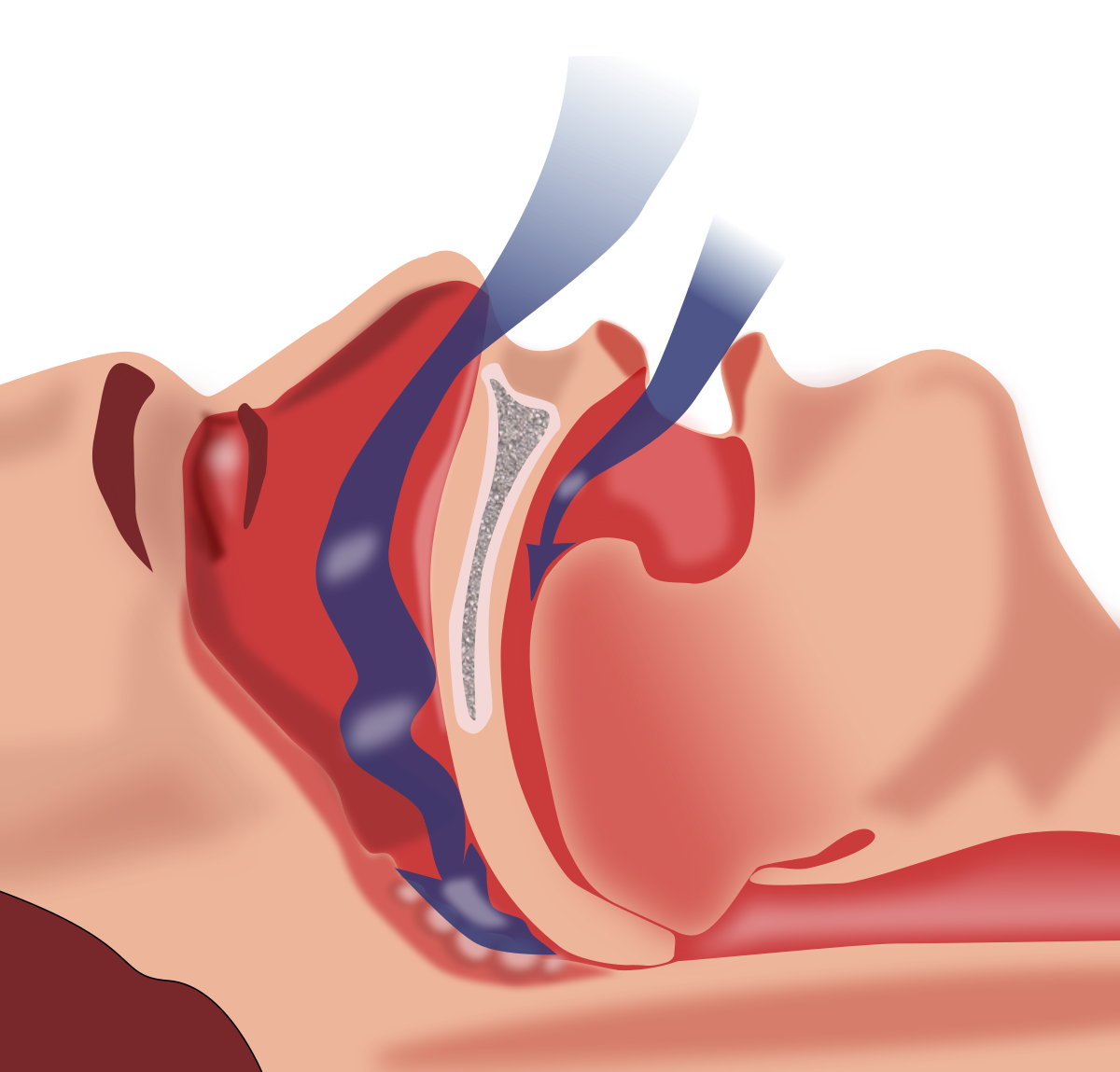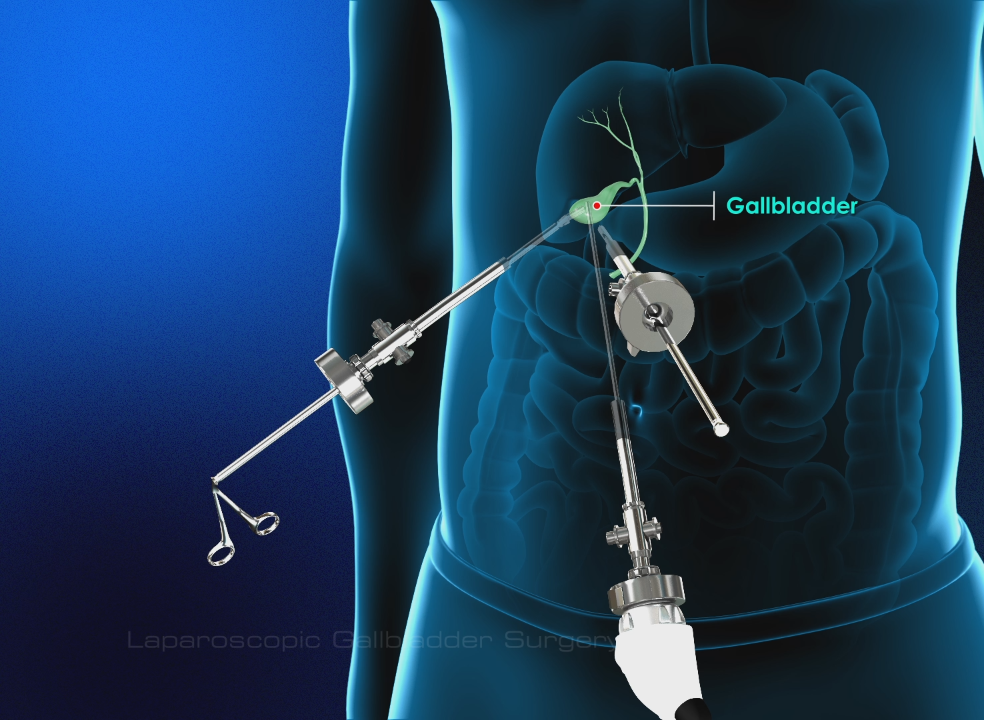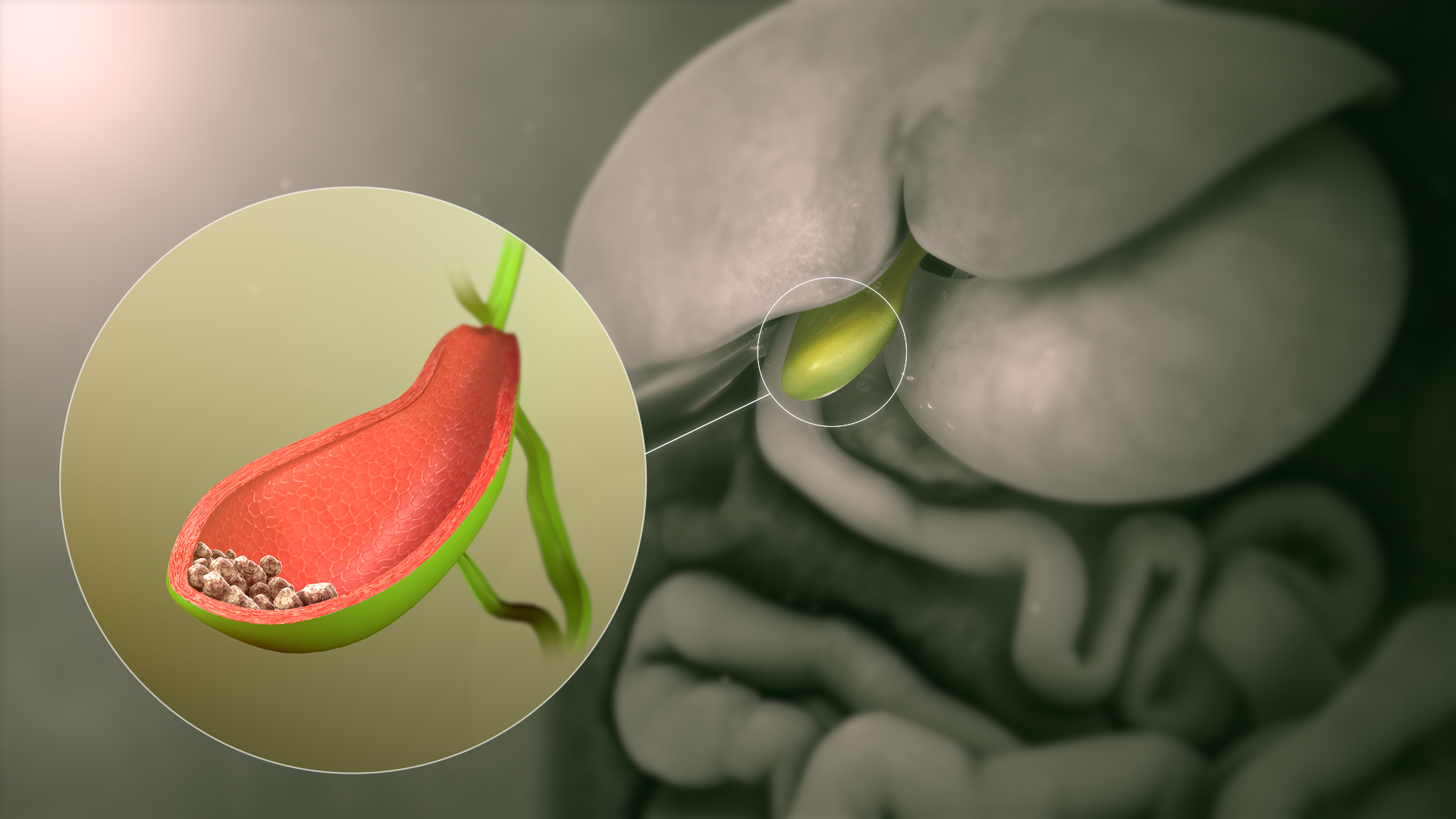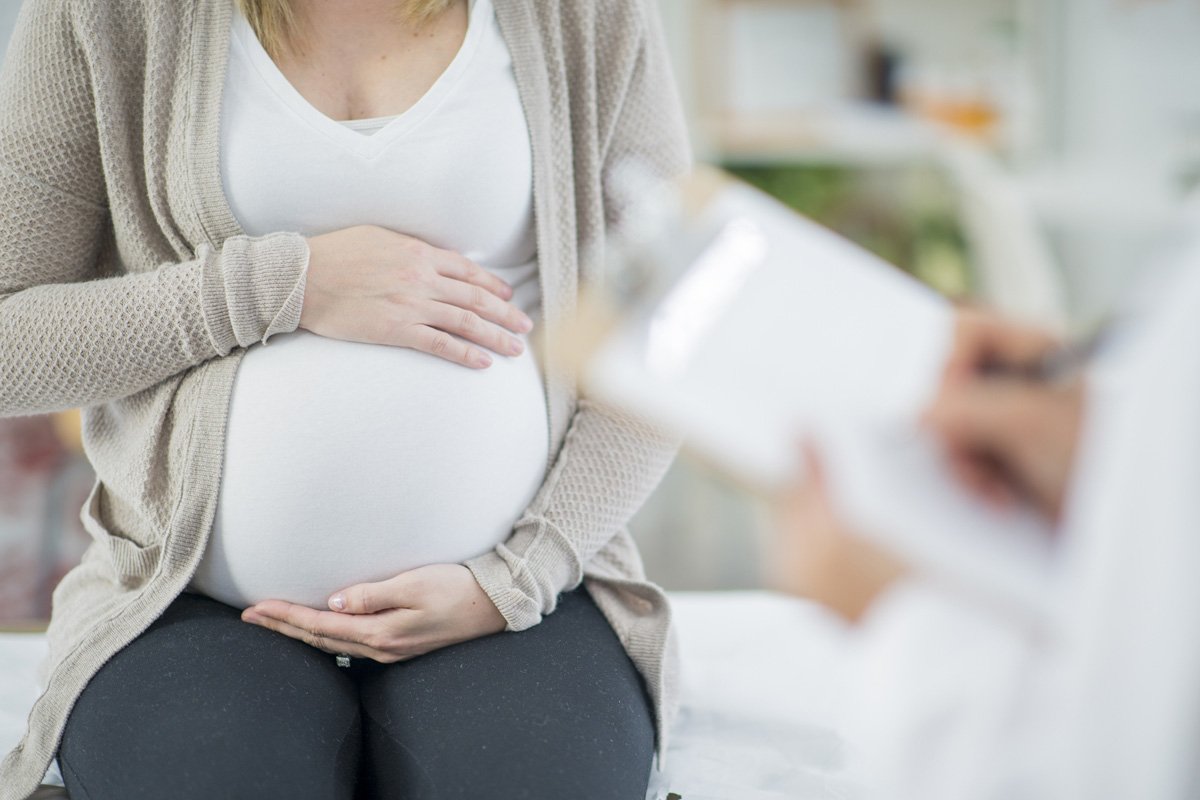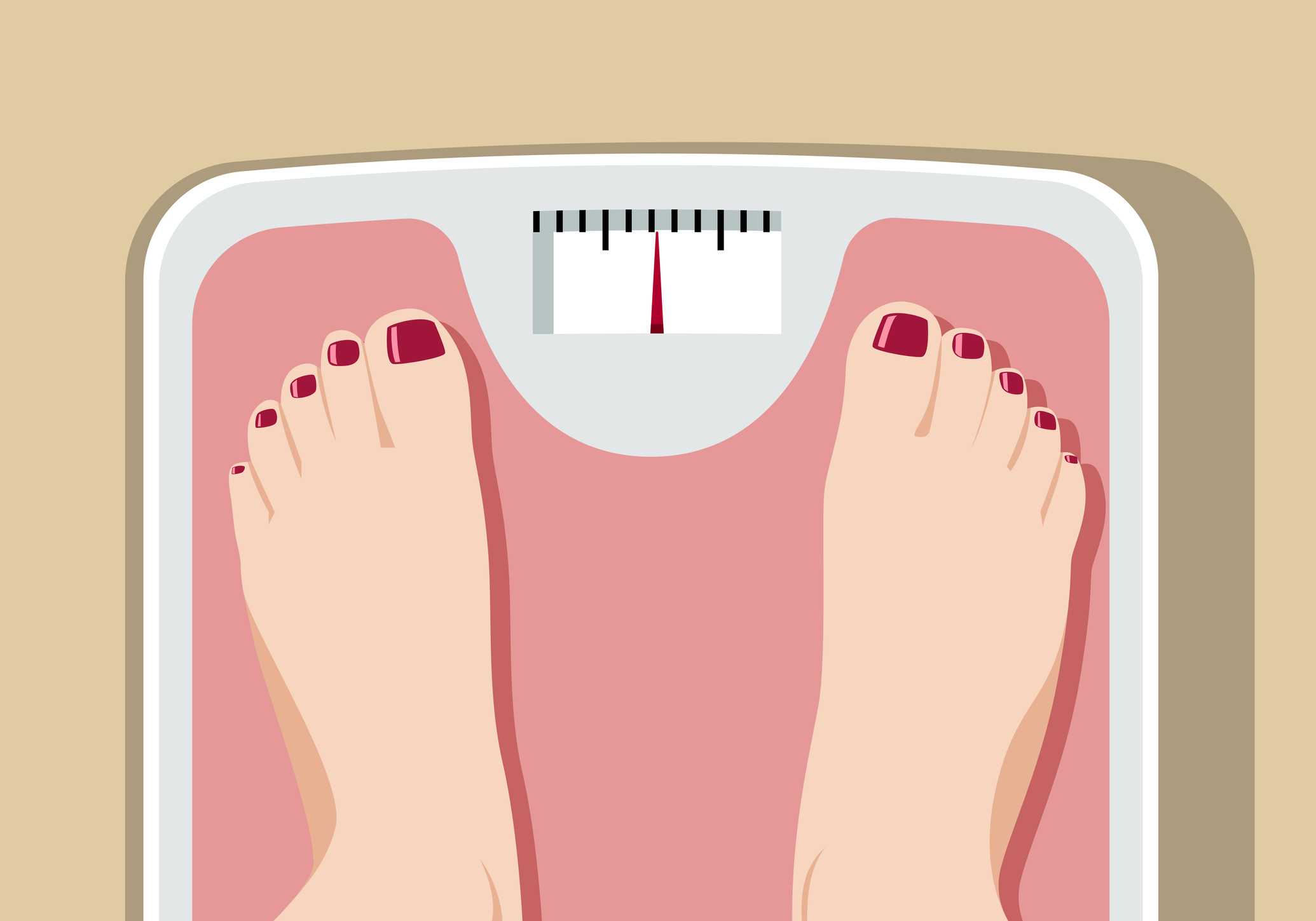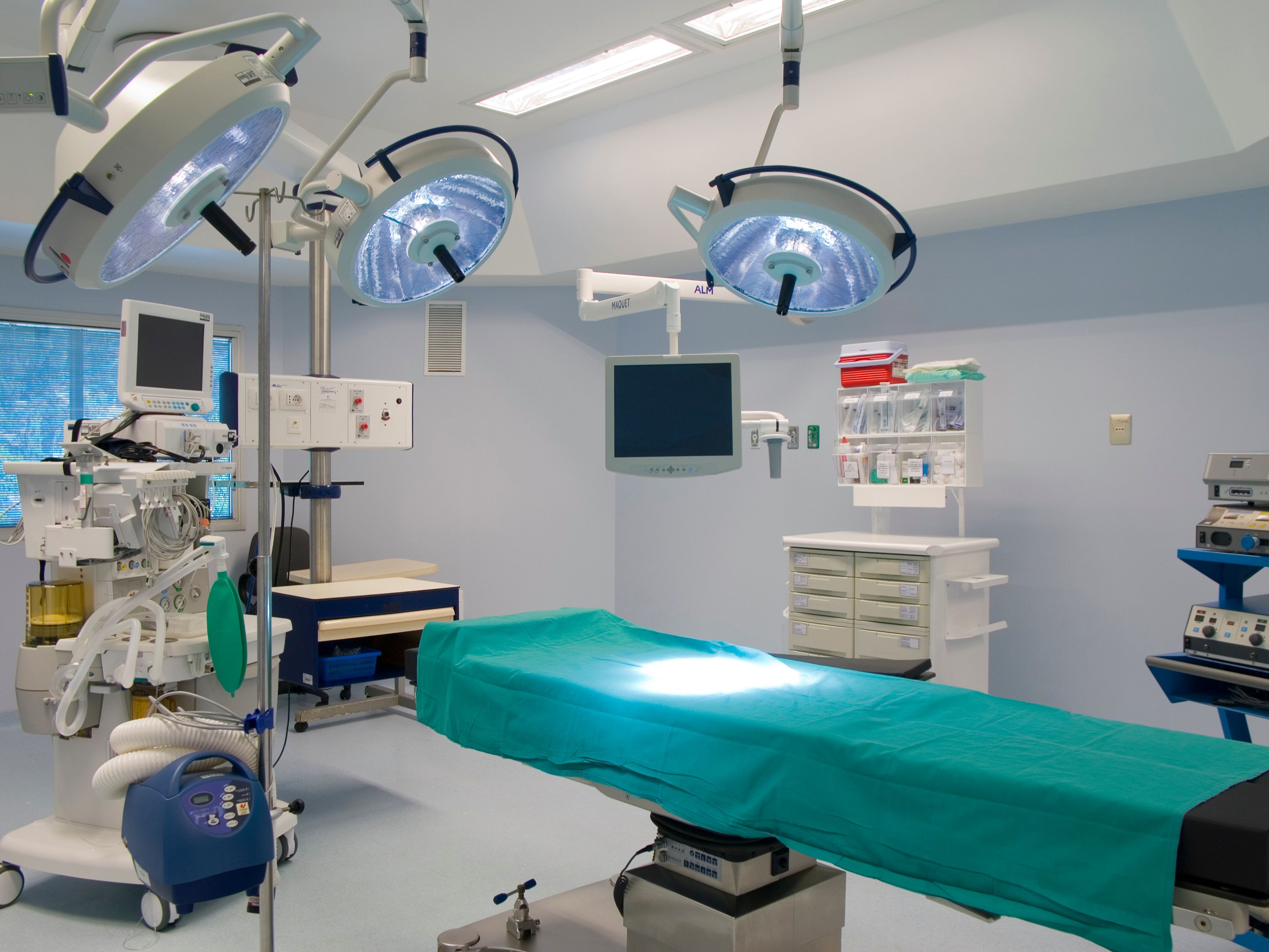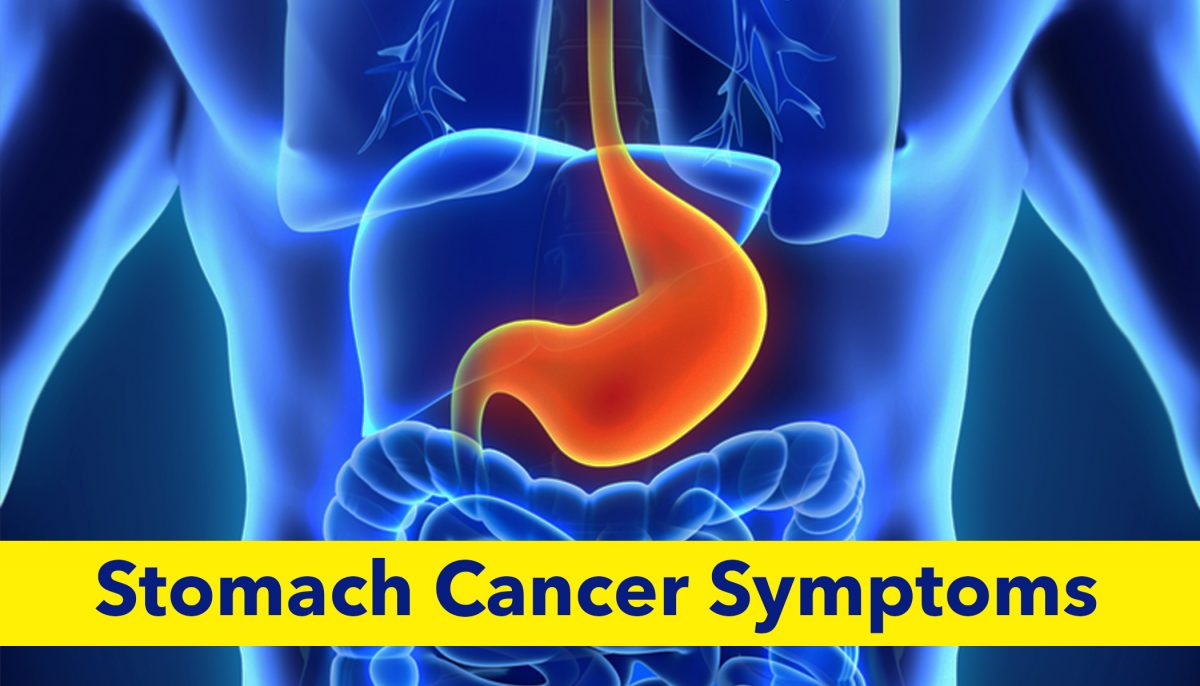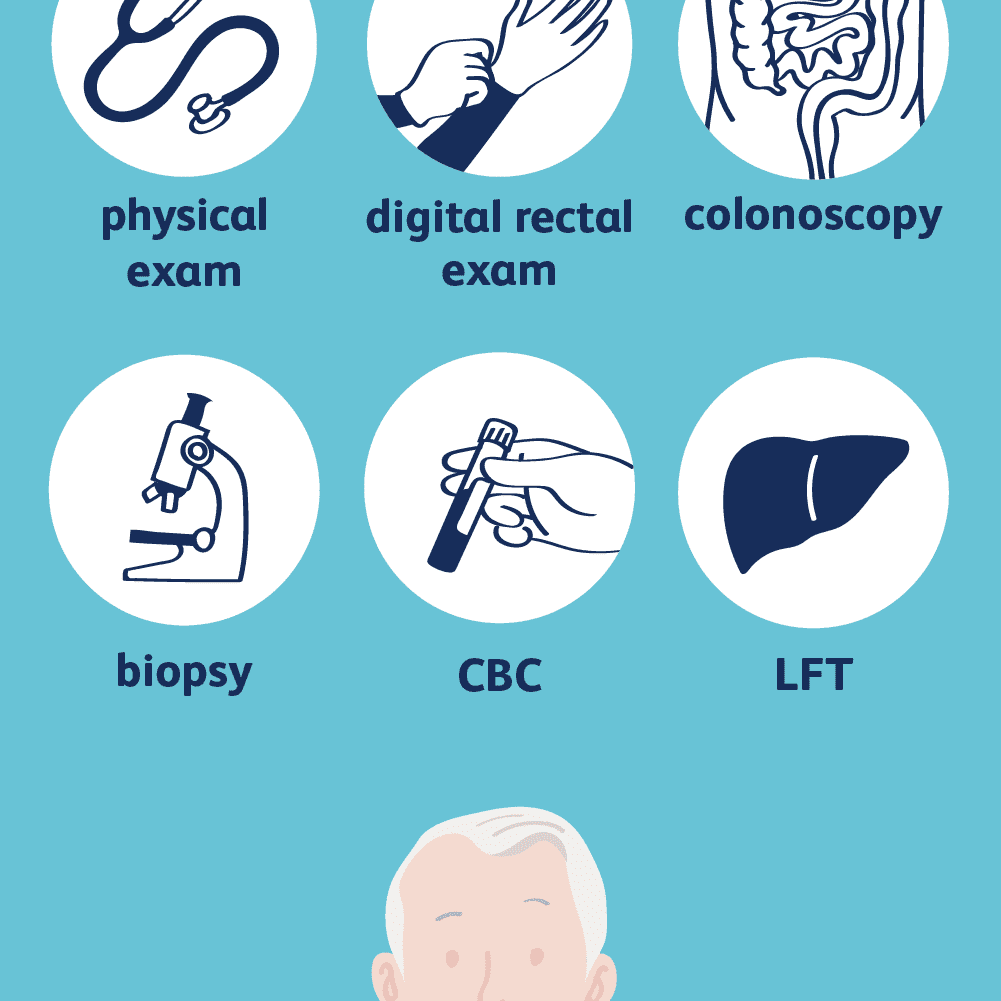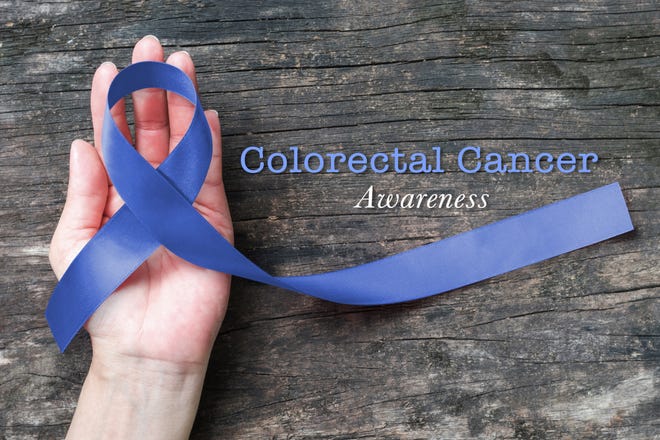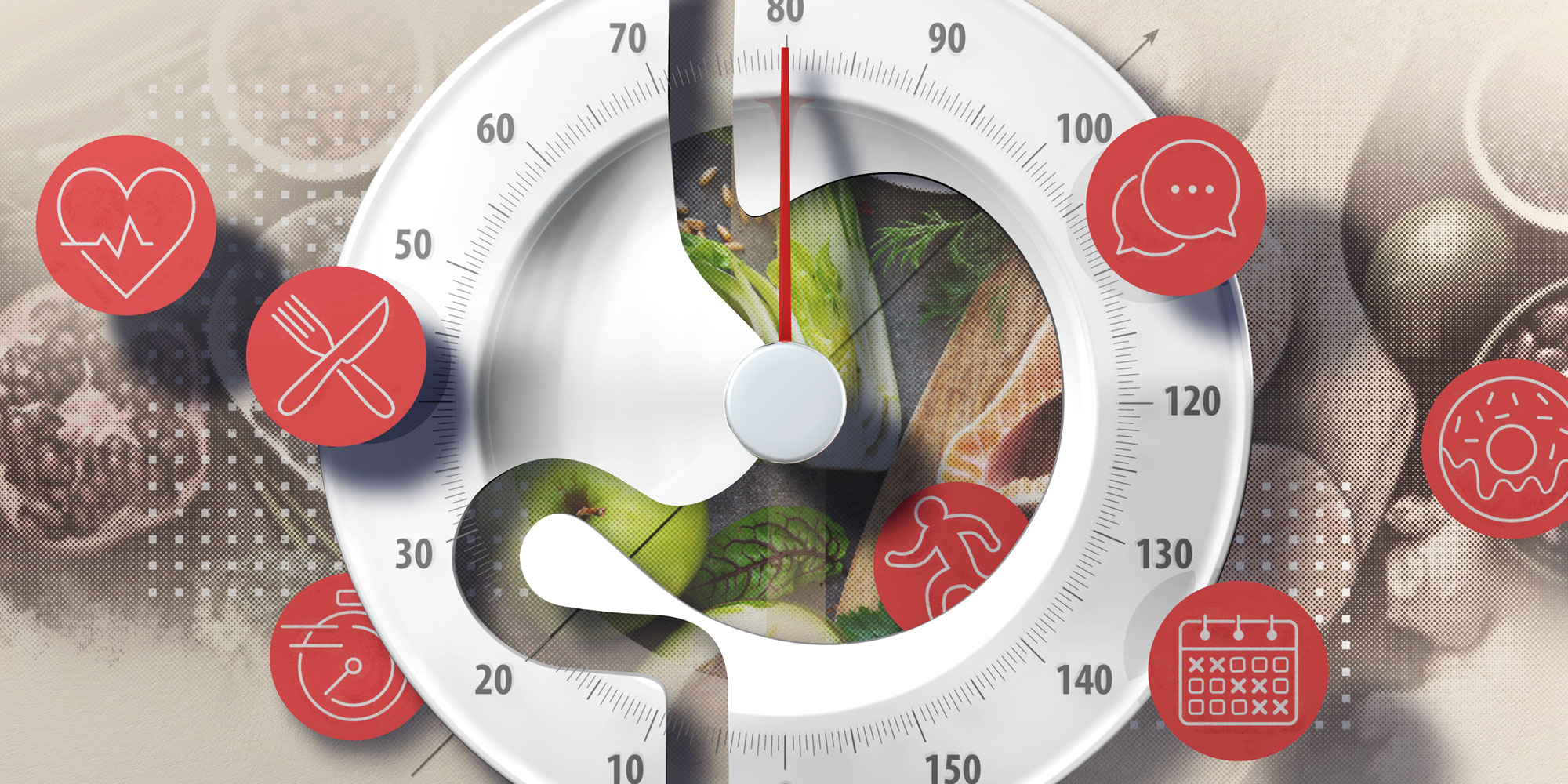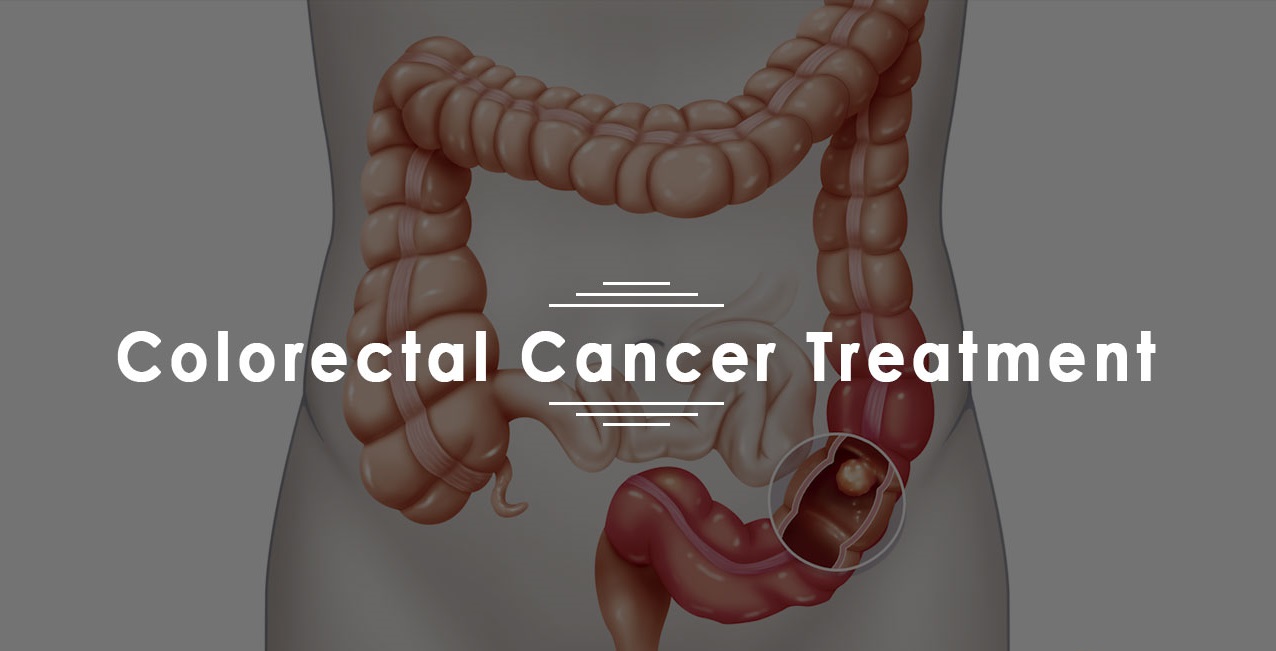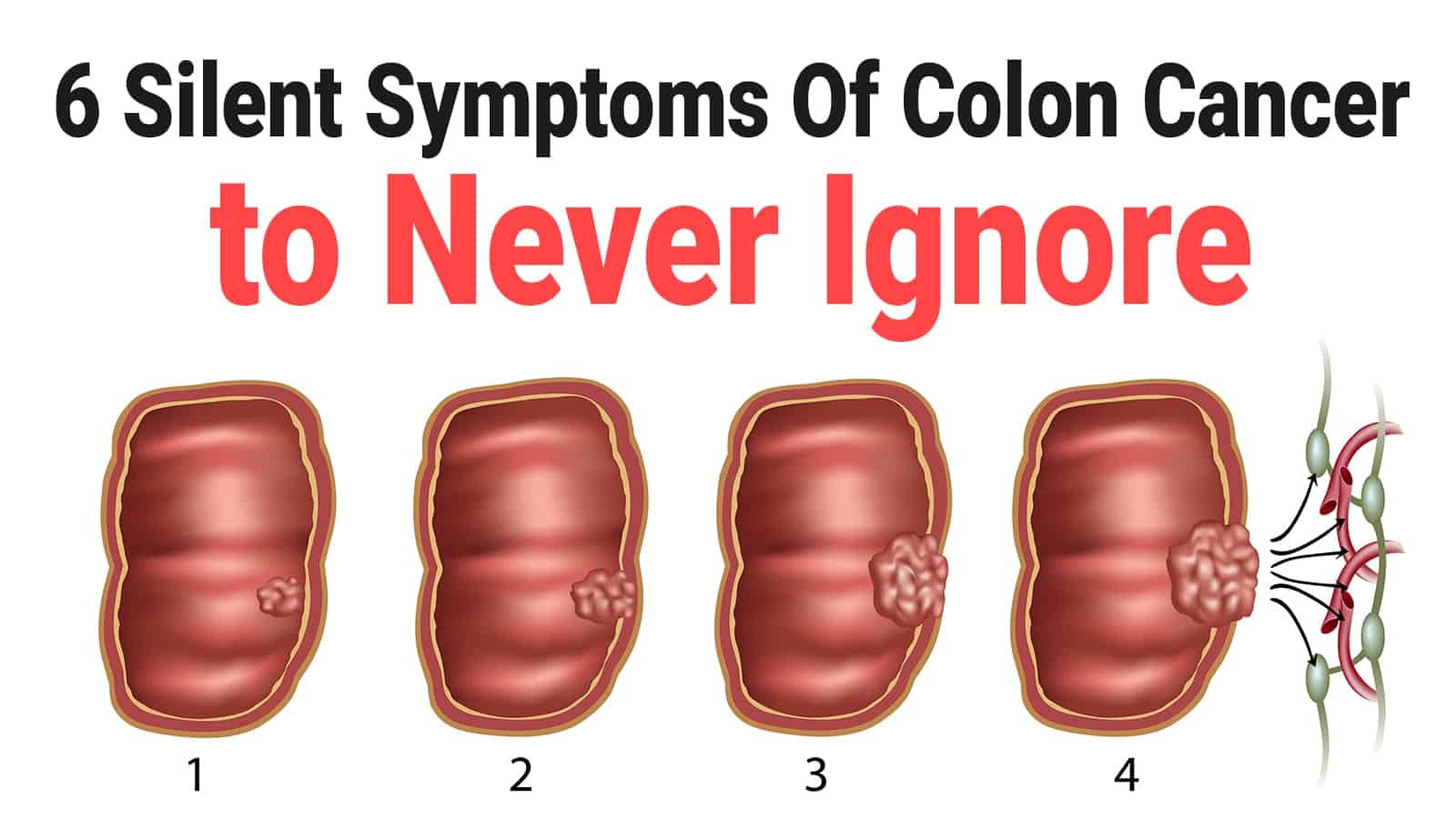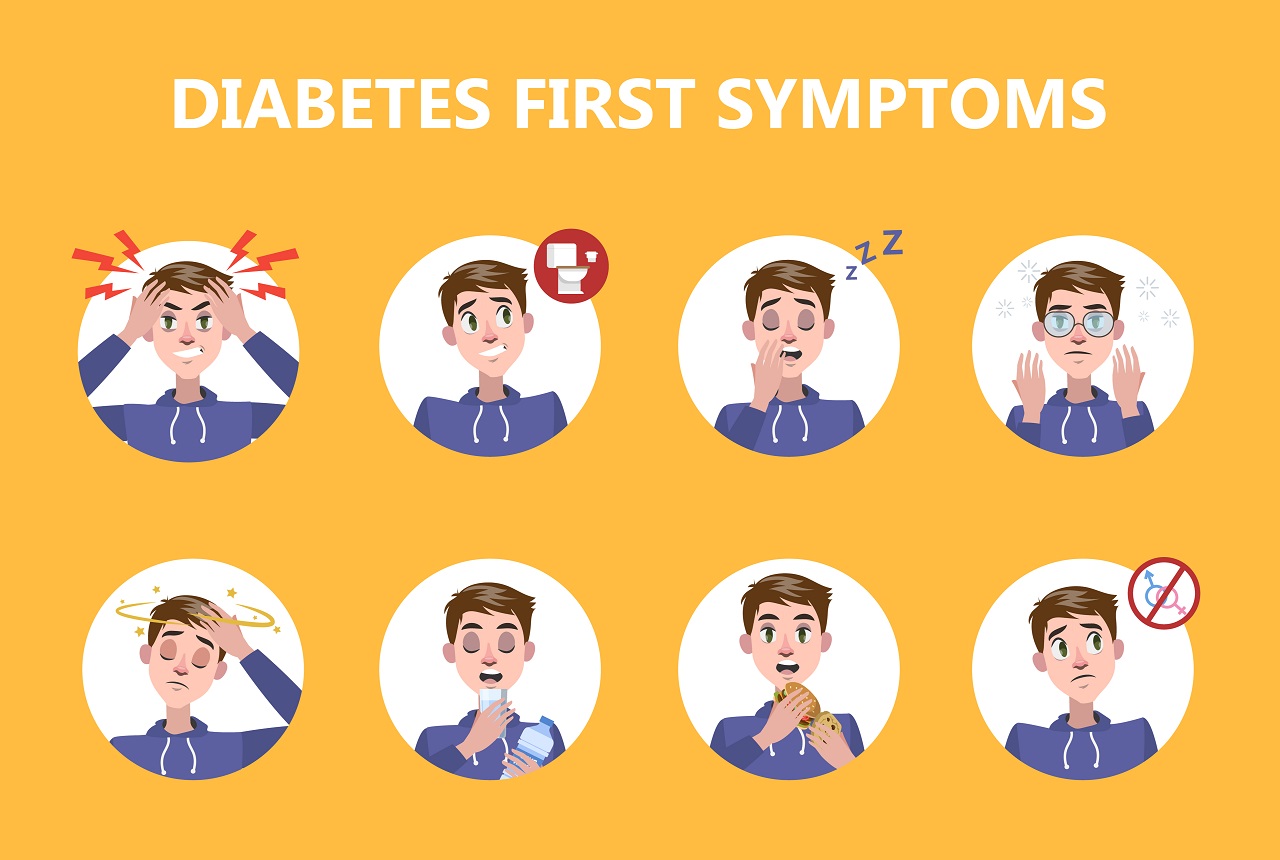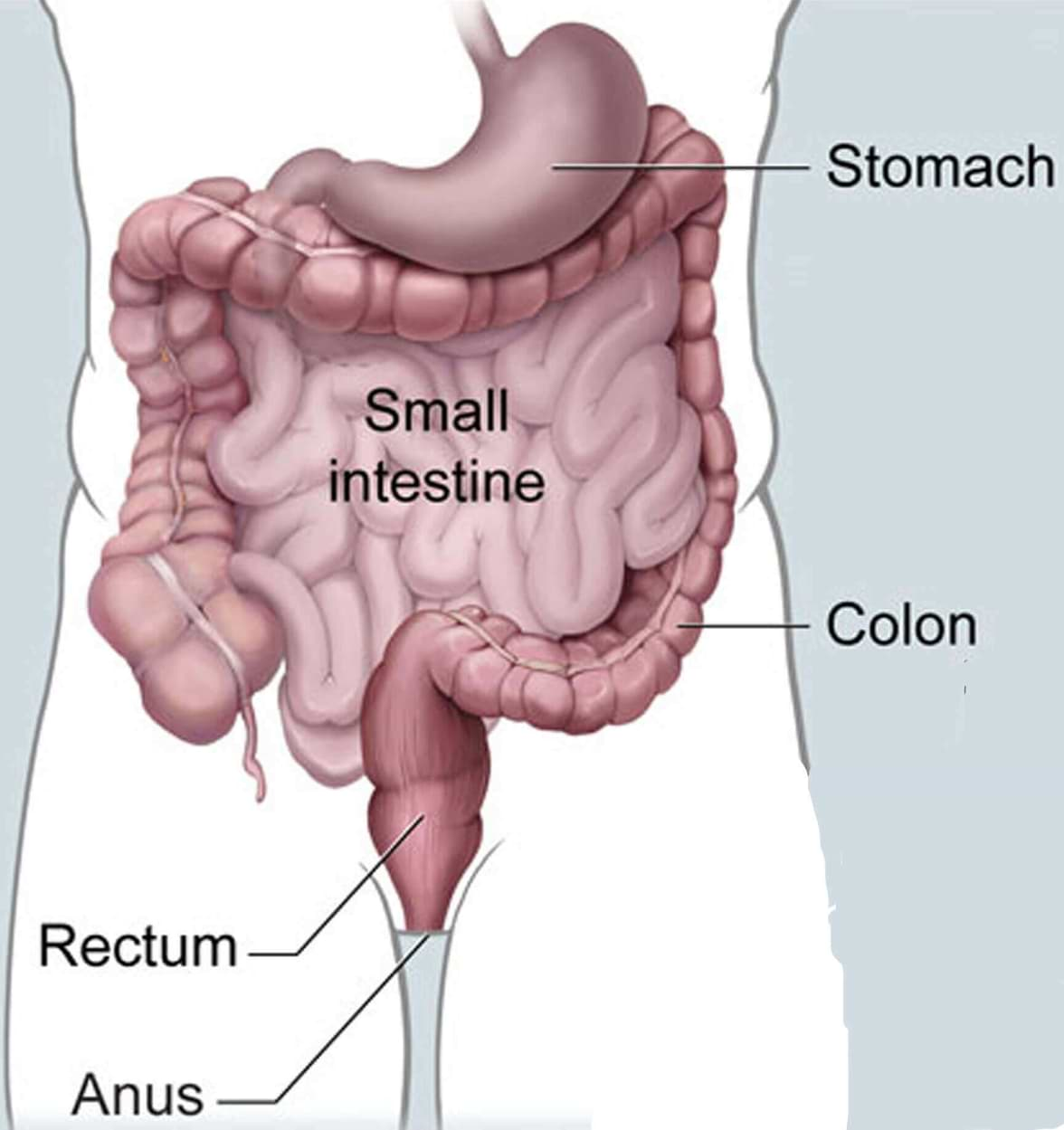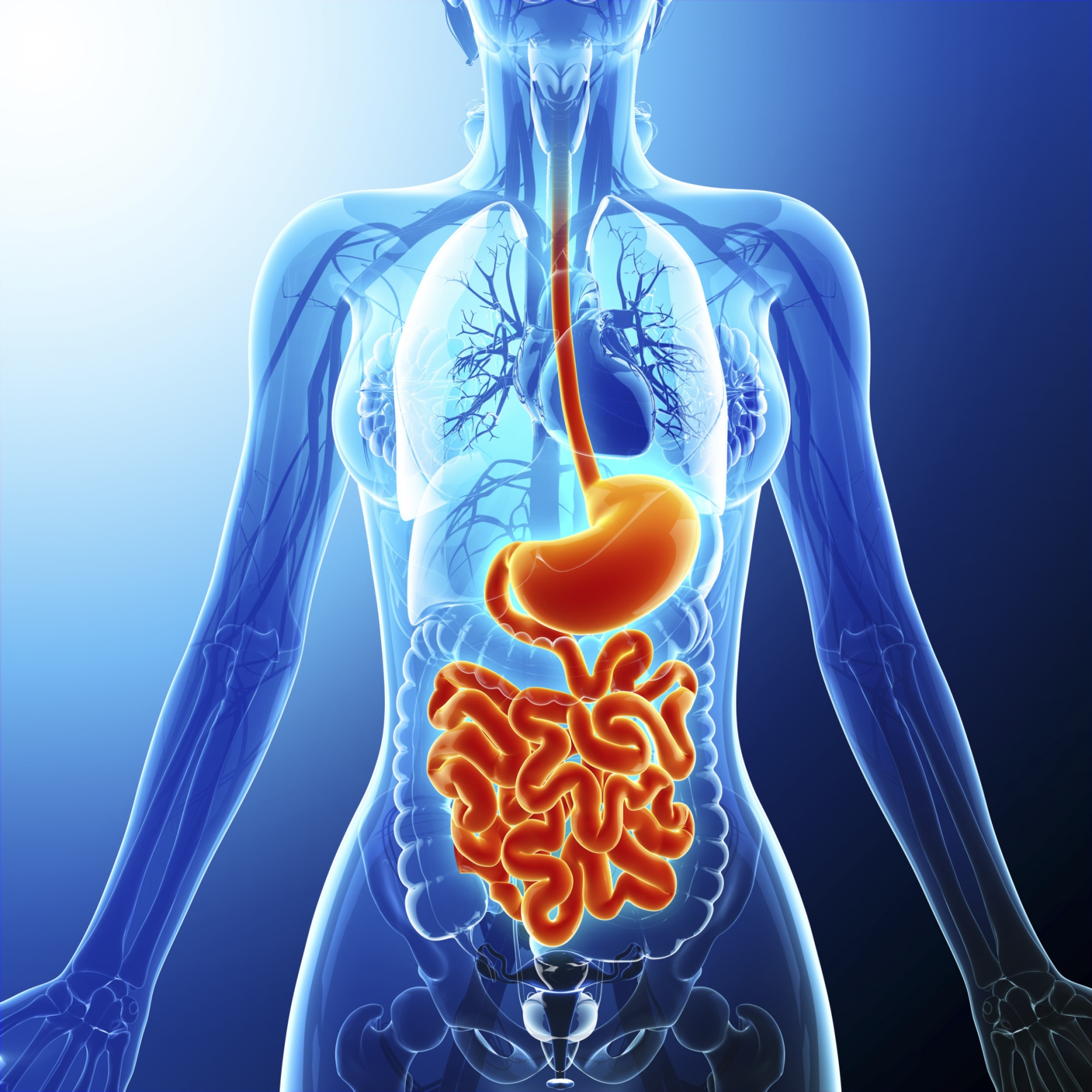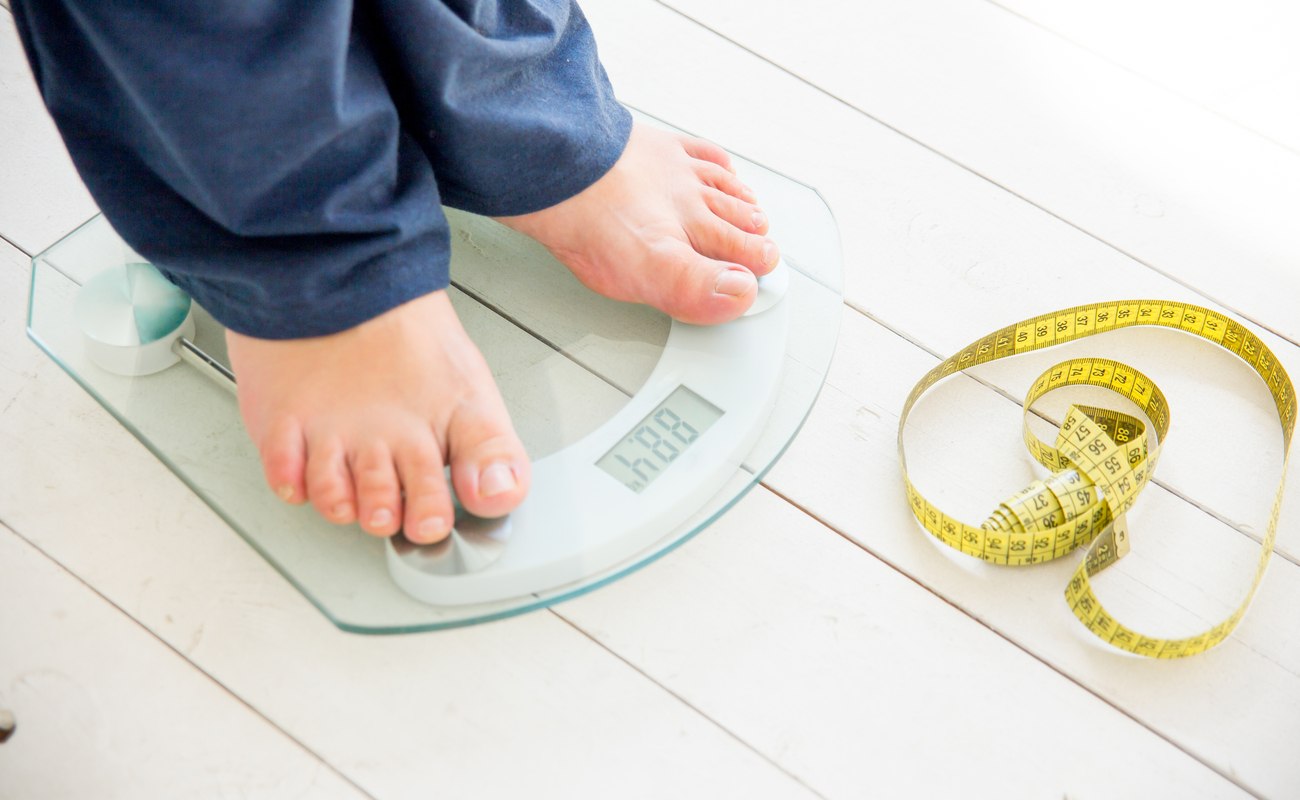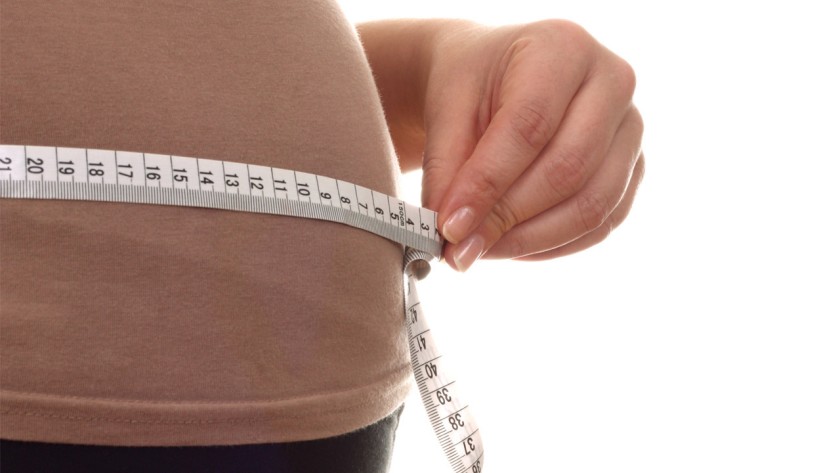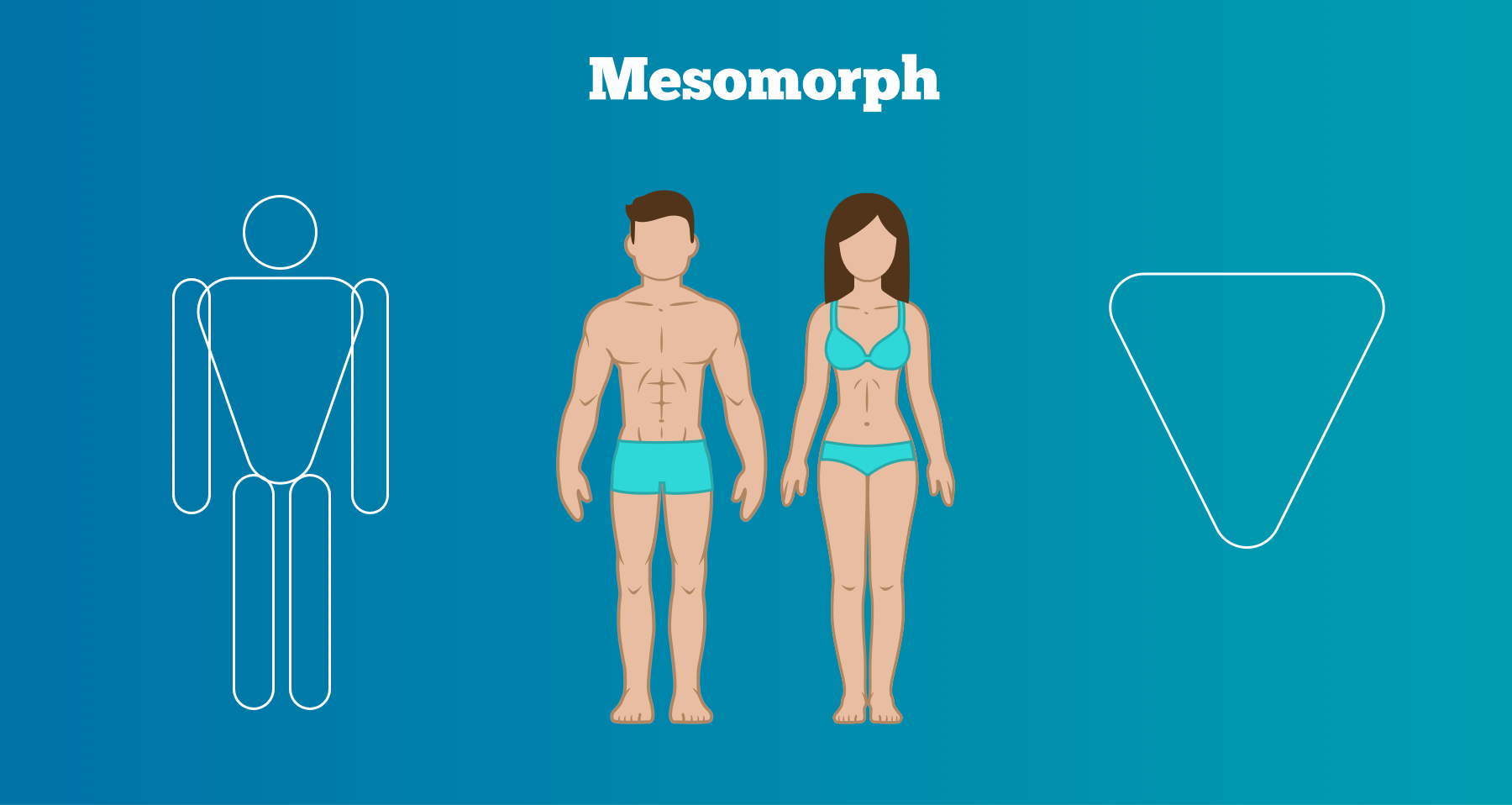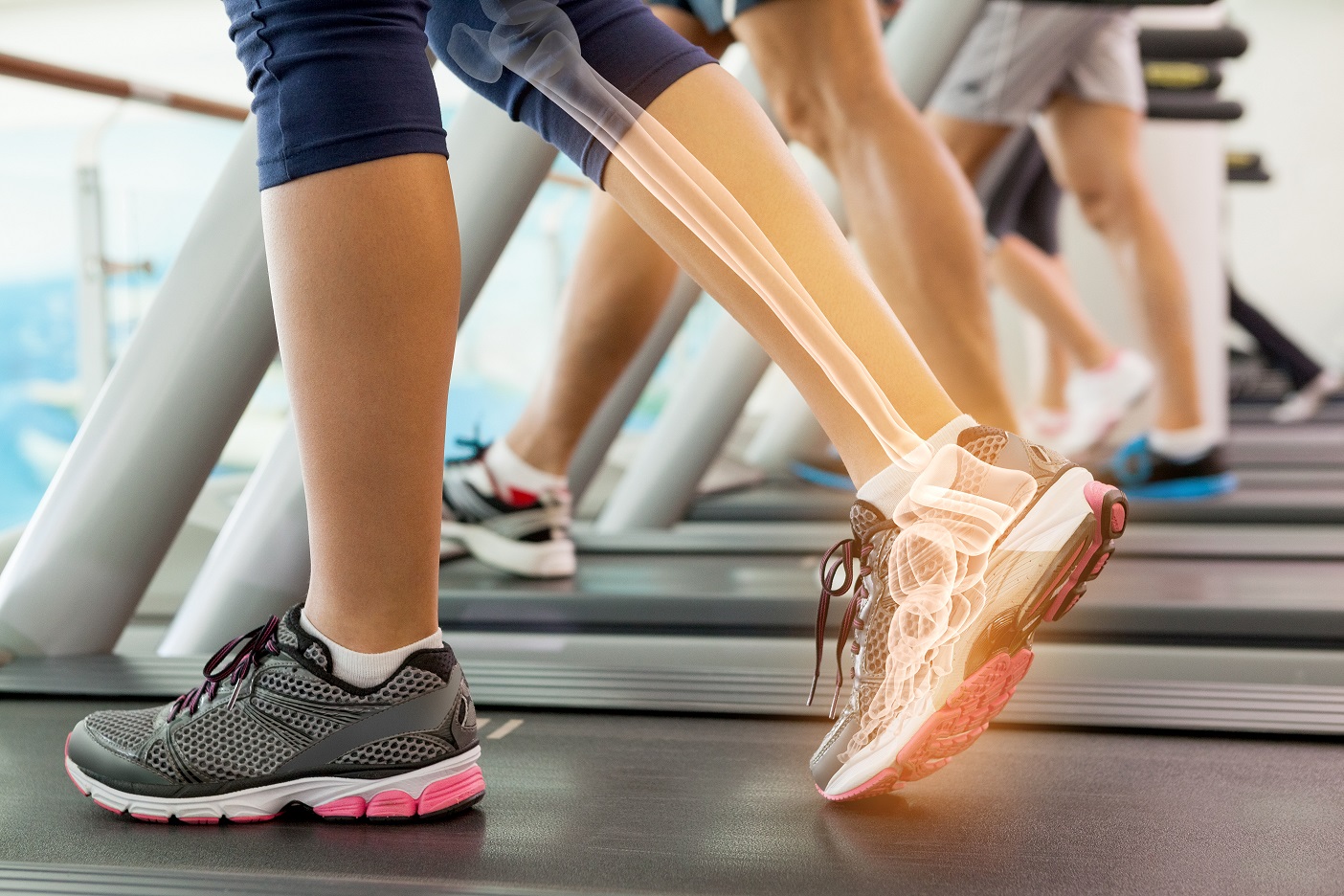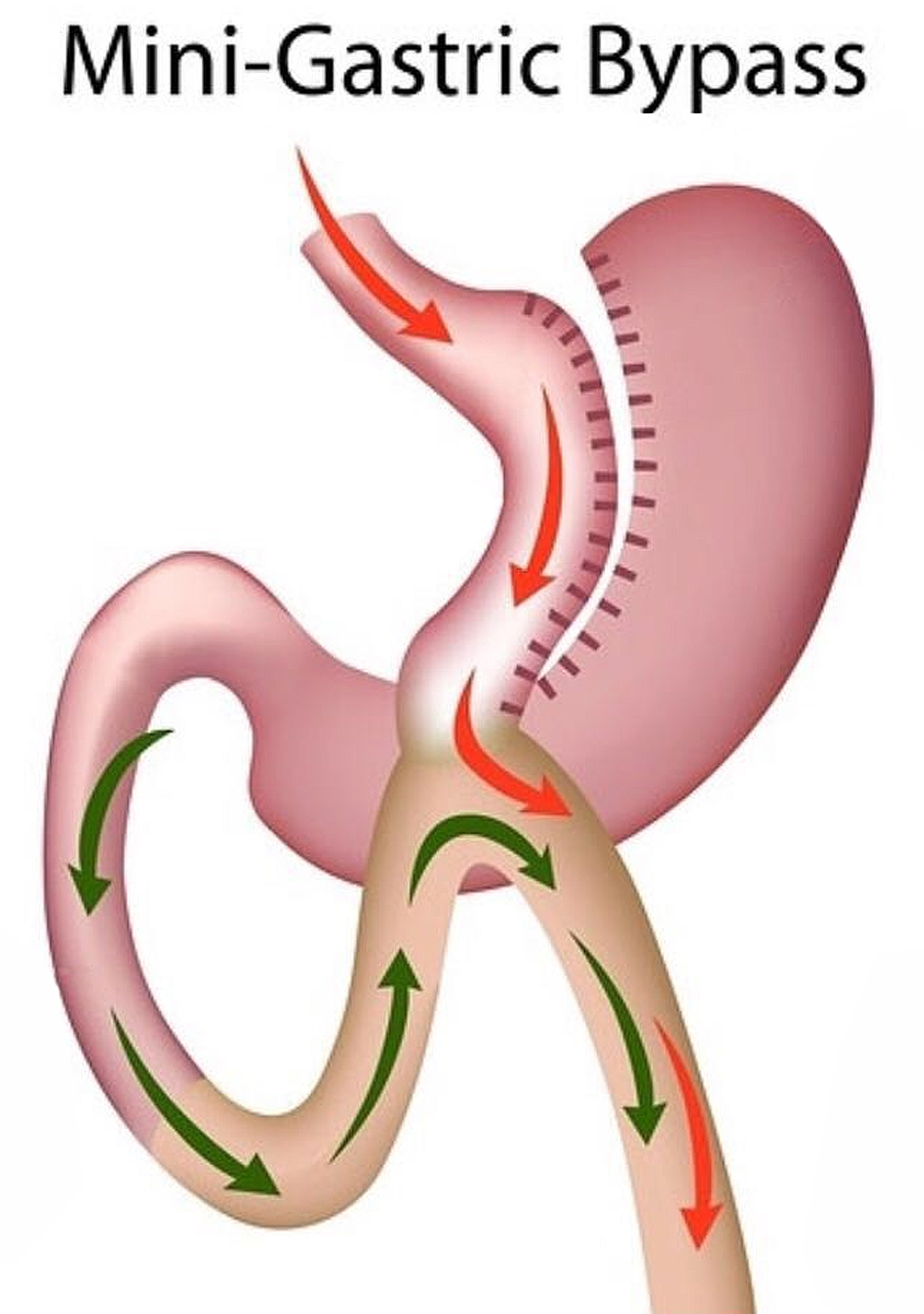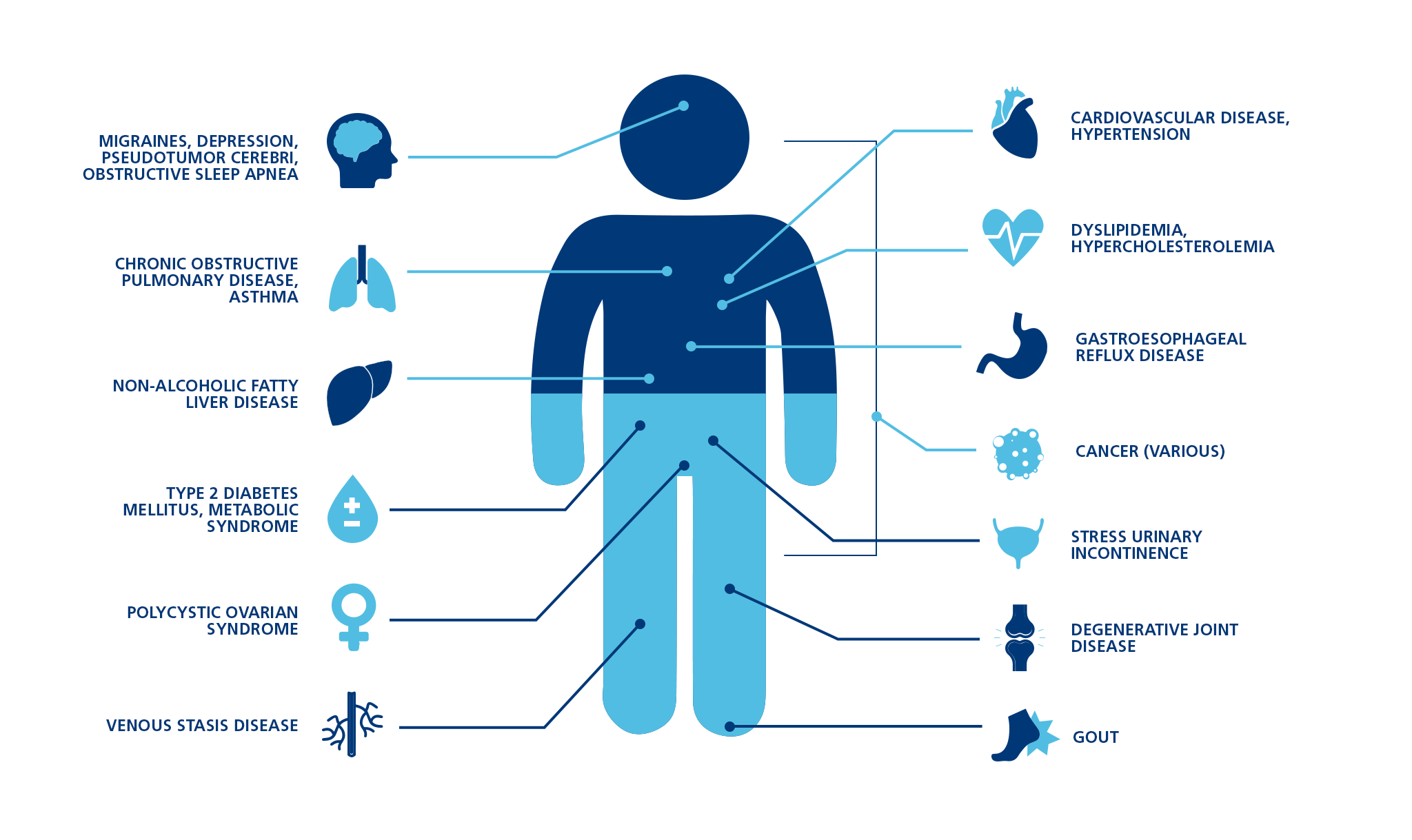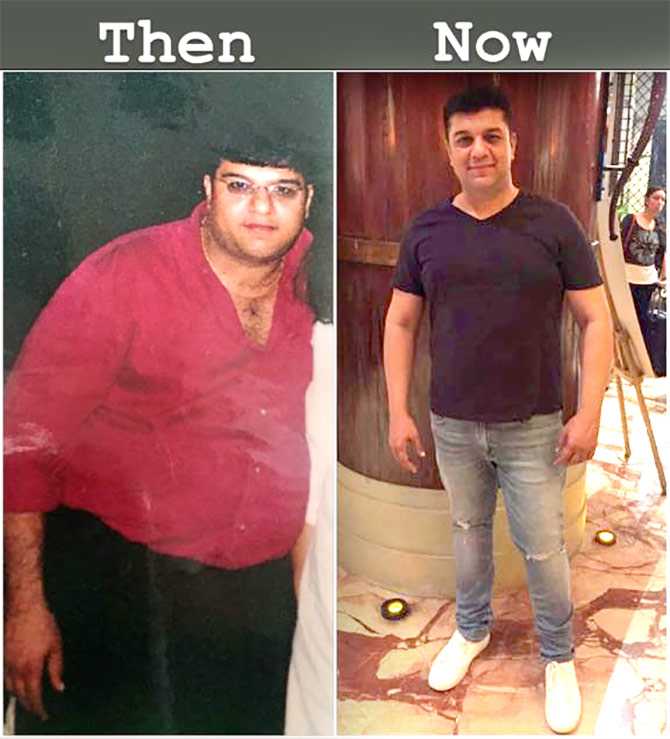Endoscopy, Endoscopy procedure, Endoscopy types, endoscopy risks, endoscopy benefits
Endoscopy- Types, Why they are done, Risks and more
Depending on your health condition, your doctor may suggest an endoscopy to observe an internal organ or as an aide to a minor surgery.
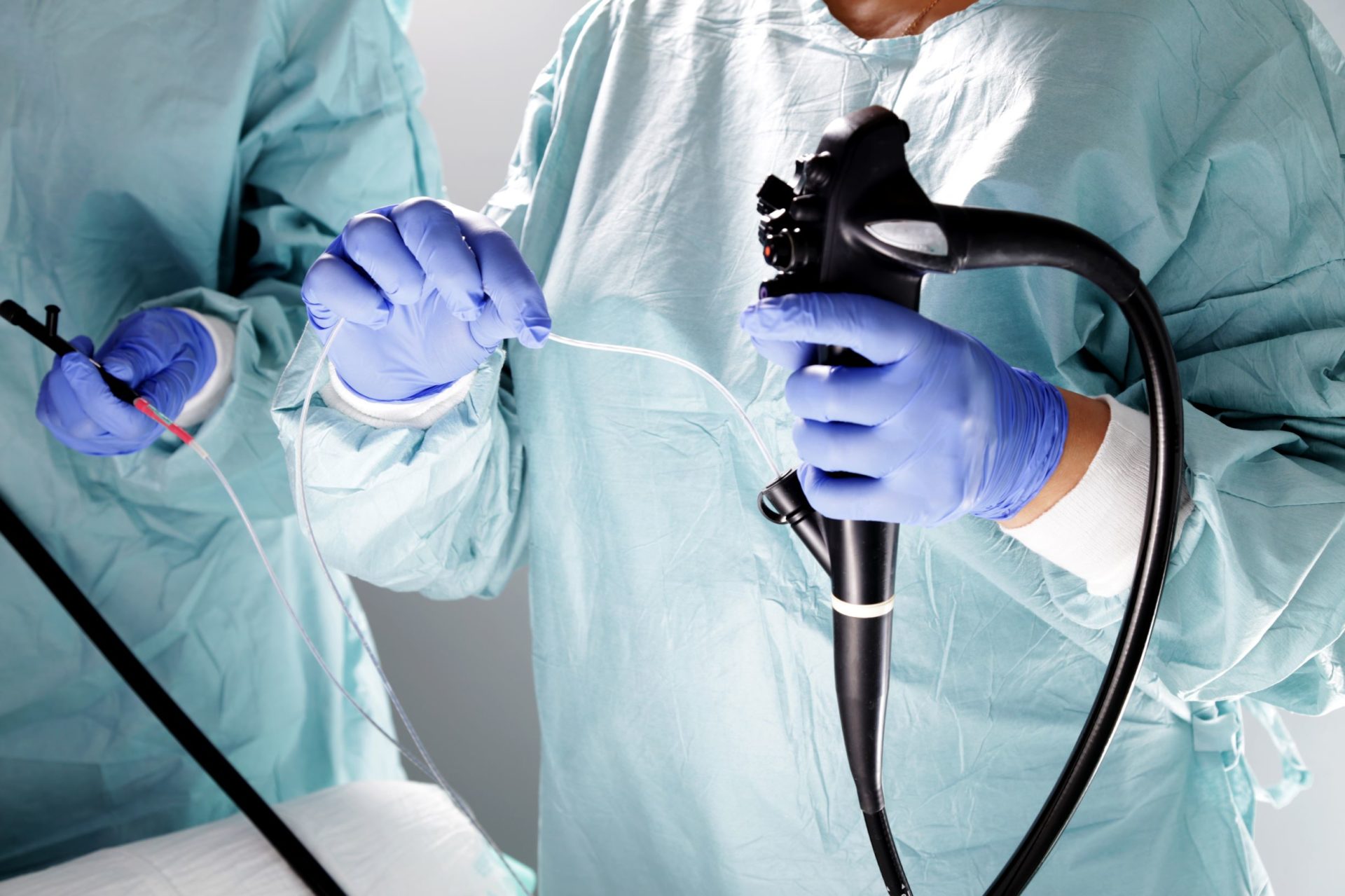
What is Endoscopy?
Endoscopy is the insertion of a long, thin tube directly into the body to observe an internal organ or tissue in detail. It can also be used to carry out other tasks, including imaging and minor surgery.
Endoscopies are minimally invasive and involve openings of the body such as the mouth or anus.
Alternatively, they can be inserted into small incisions, for instance, in the knee or abdomen. Surgery completed through a small incision and assisted with special instruments, such as the endoscope, is called keyhole surgery.
Because modern endoscopy has relatively few risks, delivers detailed images, and is quick to carry out, it has proven incredibly useful in many areas of medicine.
In this article, we will explain some of the types of endoscopy, why and how they are performed, the general procedure, and any potential risks.
Types of endoscopies
Endoscopies are useful for investigating many systems within the human body; these areas include:
- Gastrointestinal tract: esophagus, stomach, and duodenum (esophagogastroduodenoscopy), small intestine (enteroscopy), large intestine/colon (colonoscopy, sigmoidoscopy), bile duct, rectum (rectoscopy), and anus (anoscopy)
- Respiratory tract: nose (rhinoscopy), lower respiratory tract (bronchoscopy)
- Ear: otoscopy
- Urinary tract: cystoscopy
- Female reproductive tract (gynoscopy): Cervix (colposcopy), uterus (hysteroscopy), fallopian tubes (falloposcopy)
- Through a small incision: abdominal or pelvic cavity (laparoscopy), interior of a joint (arthroscopy), organs of the chest (thoracoscopy and mediastinoscopy)
What is a capsule endoscopy?
Capsule endoscopy was developed in the mid-1990s and involves a wireless camera. The camera is small enough to fit into a capsule (roughly the size of a vitamin tablet) and can, therefore, be swallowed.
As the capsule travels through the digestive tract, it takes thousands of pictures, which are transmitted to a device attached to a wearable belt.
A capsule endoscopy images the small intestine, a difficult region to image using standard endoscopy. It is also very useful for examining the small intestinal mucosa and diagnosing Crohn’s disease. The capsule usually passes through the digestive system within 24–48 hours.
While capsule endoscopy has been deemed a sufficient alternative to an esophagogastroduodenoscopy, limitations are observed, including clear visualization and active movements that need controlling. To remedy this issue, magnetic manipulation is used.
Read in detail about Capsule Endoscopy here.
Preparing for an endoscopy
An endoscopy does not require an overnight stay in the hospital and usually only takes around 1 hour to complete. The doctor will provide instructions about the preparation for the procedure.
For many types of endoscopy, the individual needs to fast for around 12 hours, though this varies based on the type.
For procedures investigating the gut, laxatives may be taken the night before to clear the system.
A doctor will conduct an examination before the endoscopy. It is important to mention all current medications (including supplements) and any previous procedures.
Endoscopy procedure
The procedure will depend to some extent on the reason for the endoscopy.
There are three main reasons for carrying out an endoscopy:
- Investigation: If an individual is experiencing vomiting, abdominal pain, breathing disorders, stomach ulcers, difficulty swallowing, or gastrointestinal bleeding, for example, an endoscope can be used to search for a cause.
- Confirmation of a diagnosis: An endoscopy can carry out a biopsy to confirm a diagnosis of cancer or other diseases.
- Treatment: An endoscope can treat an illness directly; for instance, endoscopy can be used to cauterize (seal using heat) a bleeding vessel or remove a polyp.
Sometimes, an endoscopy will be combined with another procedure such as an ultrasound scan. It can be used to place the ultrasound probe close to organs that can be difficult to image, such as the pancreas.
Modern endoscopes sometimes come with sensitive lights that use narrow-band imaging. This type of imaging uses specific blue and green wavelengths that allow the doctor to spot precancerous conditions more easily.
An endoscopy typically happens while the person is conscious, although sometimes the person will receive local anesthetic (commonly an anesthetic spray to the back of the throat). Often, the person is sedated.
For endoscopy procedures involving entry through the mouth, a mouth guard will protect the teeth and lips as the tube is inserted.
Endoscope use in surgery
Endoscopy has advanced in recent years, enabling some forms of surgery using a modified endoscope. This makes the surgery less invasive.
Procedures such as the removal of the gallbladder, sealing and tying the fallopian tubes, and the removal of small tumors from the digestive system or lungs are now commonplace.
A laparoscope is a modified endoscope used for keyhole surgery (also referred to as laparoscopic surgery).
Laparoscopic surgery requires only a small incision and can be used for appendectomies (removal of the appendix), hysterectomies (removal of the uterus), and prostatectomies (removal of prostate tissue).
Using this technique, people lose less blood during and after surgery and can recover much faster compared with standard surgical procedures.
Risks and side effects of endoscopy
An endoscopy is a relatively safe procedure. However, there are certain risks involved. Risks depend on the area that is being examined.
Risks of endoscopy may include:
- Over-sedation, although sedation is not always necessary
- Feeling bloated for a short time after the procedure
- Mild cramping
- A numb throat for a few hours due to the use of local anesthetic
- Infection of the area of investigation, which most commonly occurs when additional procedures are carried out at the same time (the infections are normally minor and treatable with a course of antibiotics)
- Persistent pain in the area of the endoscopy
- Perforation or tear of the lining of the stomach or esophagus, a rare but serious complication
- Internal bleeding, usually minor and sometimes treatable by endoscopic cauterization
- Complications related to preexisting conditions
Any of the following symptoms should be reported to a doctor:
- Dark-colored stool
- Shortness of breath
- Severe and persistent abdominal pain
- Chest pain
- Vomiting blood
Recovering from an endoscopy
Recovery will depend on the type of procedure. For an upper endoscopy, which lets a doctor examine the upper gastrointestinal tract, the person will undergo observation after the procedure. This usually lasts around 1 hour while any sedative medication wears off.
The person should not usually work or drive for the rest of the day because of the sedative effect of the medication used to prevent the pain. Any cognitive effects should be reported to a doctor prior to leaving the procedure area or after.
There may be some soreness. With this type of endoscopy, there may be bloating and a sore throat. However, these usually resolve quickly.
Bottomline
Endoscopic procedures are typically minimally invasive and can be done through the mouth, anus, or in small incisions. These procedures may be used to investigate, diagnose, or treat various conditions.
These procedures have low complication rates, and a person is typically discharged within a few hours. Some side effects may occur, such as a sore throat or bloating. However, they will typically resolve quickly. A person should speak with their doctor if lingering effects occur.
Reference
- https://www.nhs.uk/conditions/endoscopy/
- https://www.mayoclinic.org/tests-procedures/endoscopy/about/pac-20395197
- https://my.clevelandclinic.org/health/treatments/4957-upper-endoscopy-procedure
- https://www.cancer.net/navigating-cancer-care/diagnosing-cancer/tests-and-procedures/types-endoscopy
- https://medlineplus.gov/endoscopy.html
- https://www.niddk.nih.gov/health-information/diagnostic-tests/upper-gi-endoscopy

